I love making my own vegan honee! It tastes and looks just like honey from bees, without causing any harm to them. My original honee recipe uses chamomile tea to provide the floral essence, and I have also made dandelion honee for Beltane and clover honee for Litha. For Lughnasadh, I thought it would be nice to make wildflower honey using a combination of the wildflowers that grow in my yard. I also wanted to freeze additional flowers so I could continue to make wildflower honey until next summer when I will be able to harvest wildflowers again. I decided to make a quadruple batch of flowers, and use four cups of dandelion, three cups of clover, three bags of chamomile tea, and four cups of other flowers from my yard.
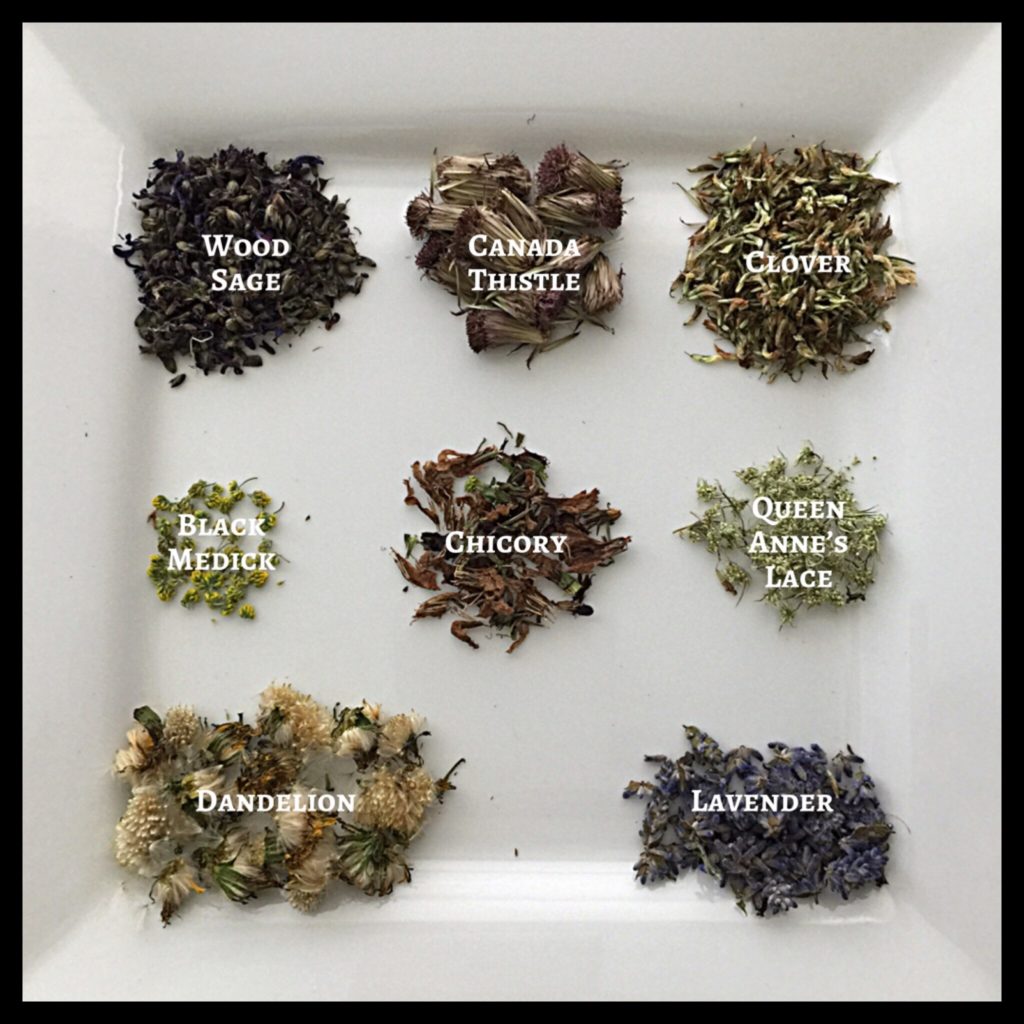
I already had collected the four cups of dandelion flowers when our yard was full of them. I added a few tablespoons of baking soda to about eight cups of water, and then soaked the flowers in the soda water for twenty minutes. We don’t use any chemicals on our lawn, but we live next to farms that do use pesticides. Soaking your produce in soda water is supposed to remove toxins, so I did that just to be sure. I rinsed them well, then spread them out on a pad to dry. After they dried overnight, I pulled the petals off the receptacles and spread the petals out to finish drying.
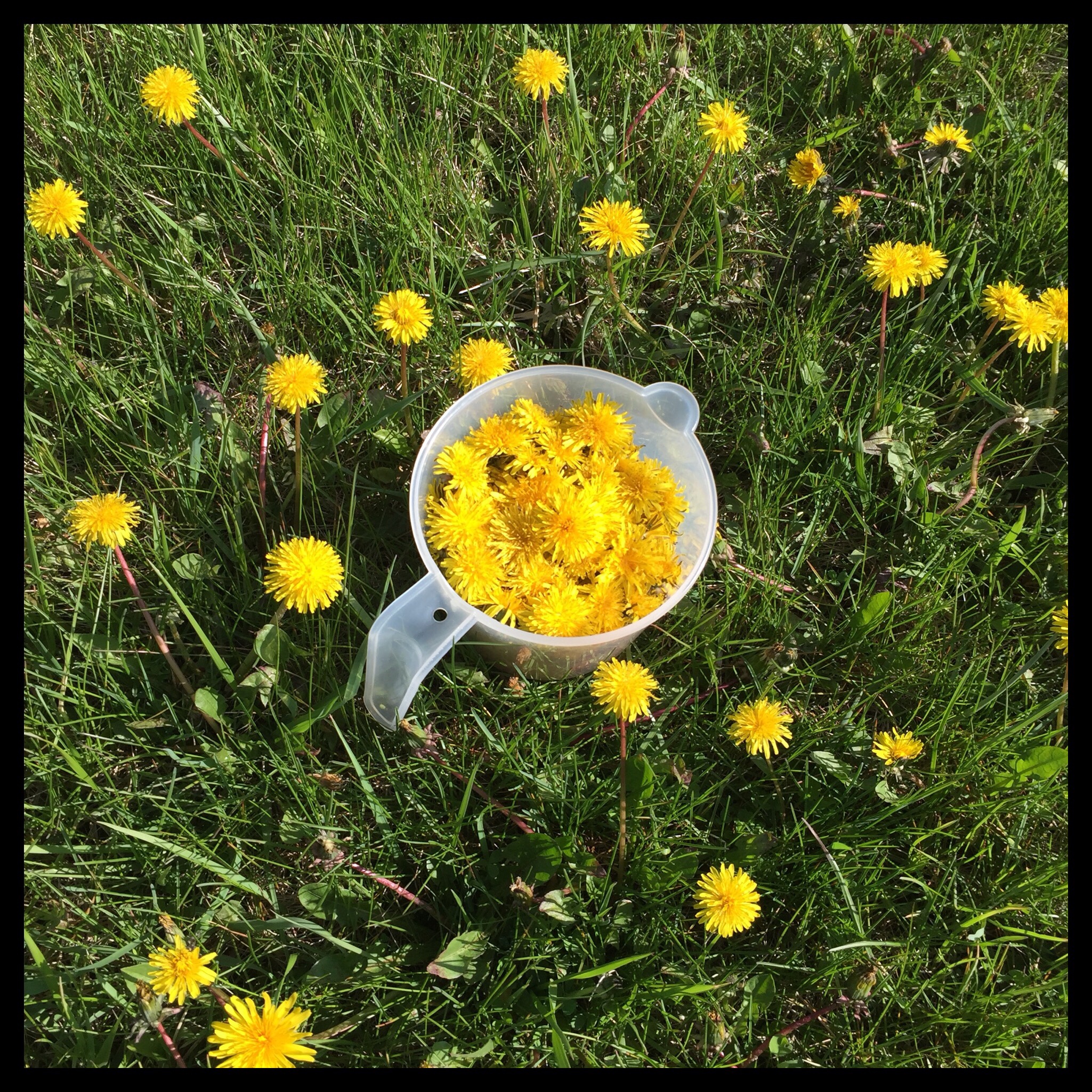
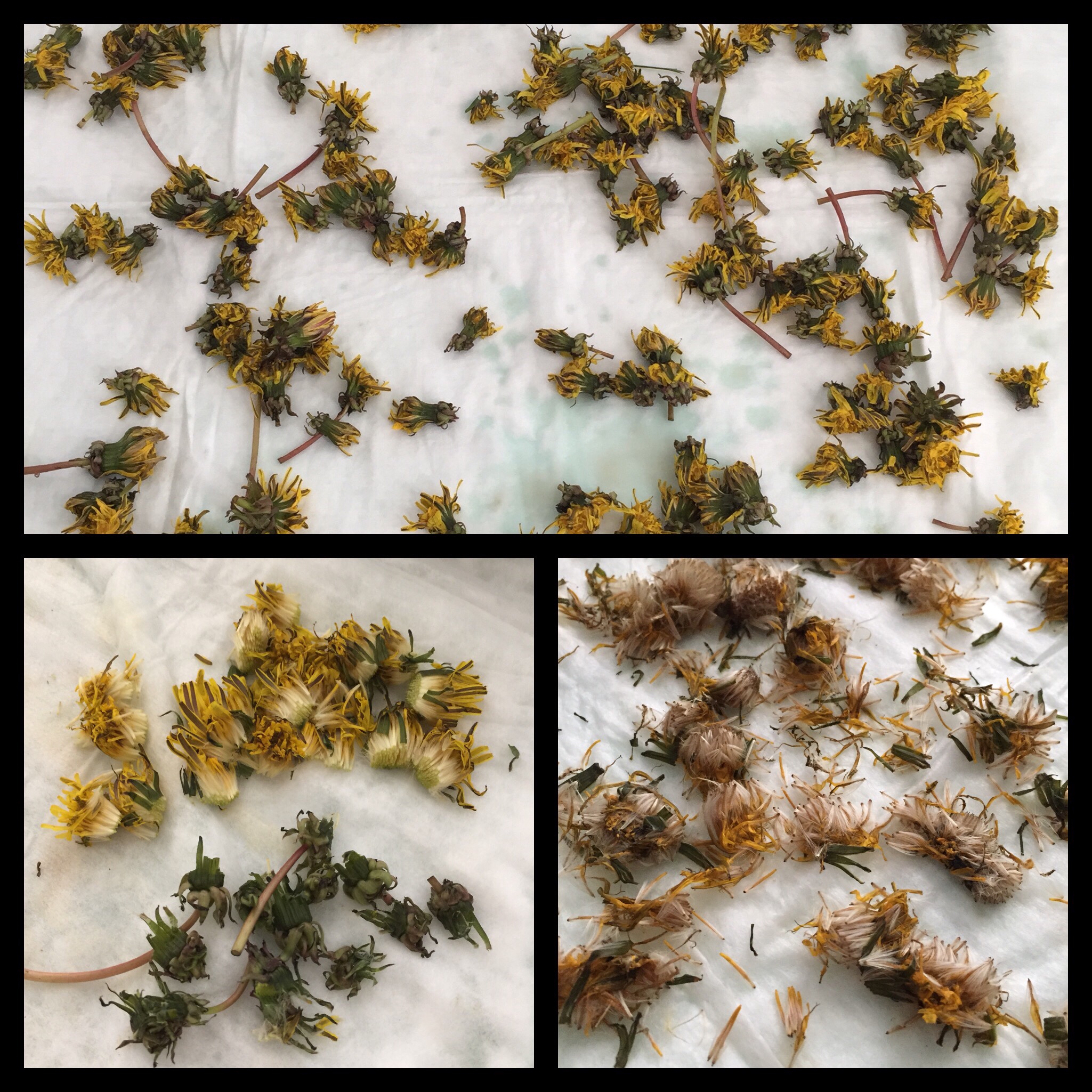
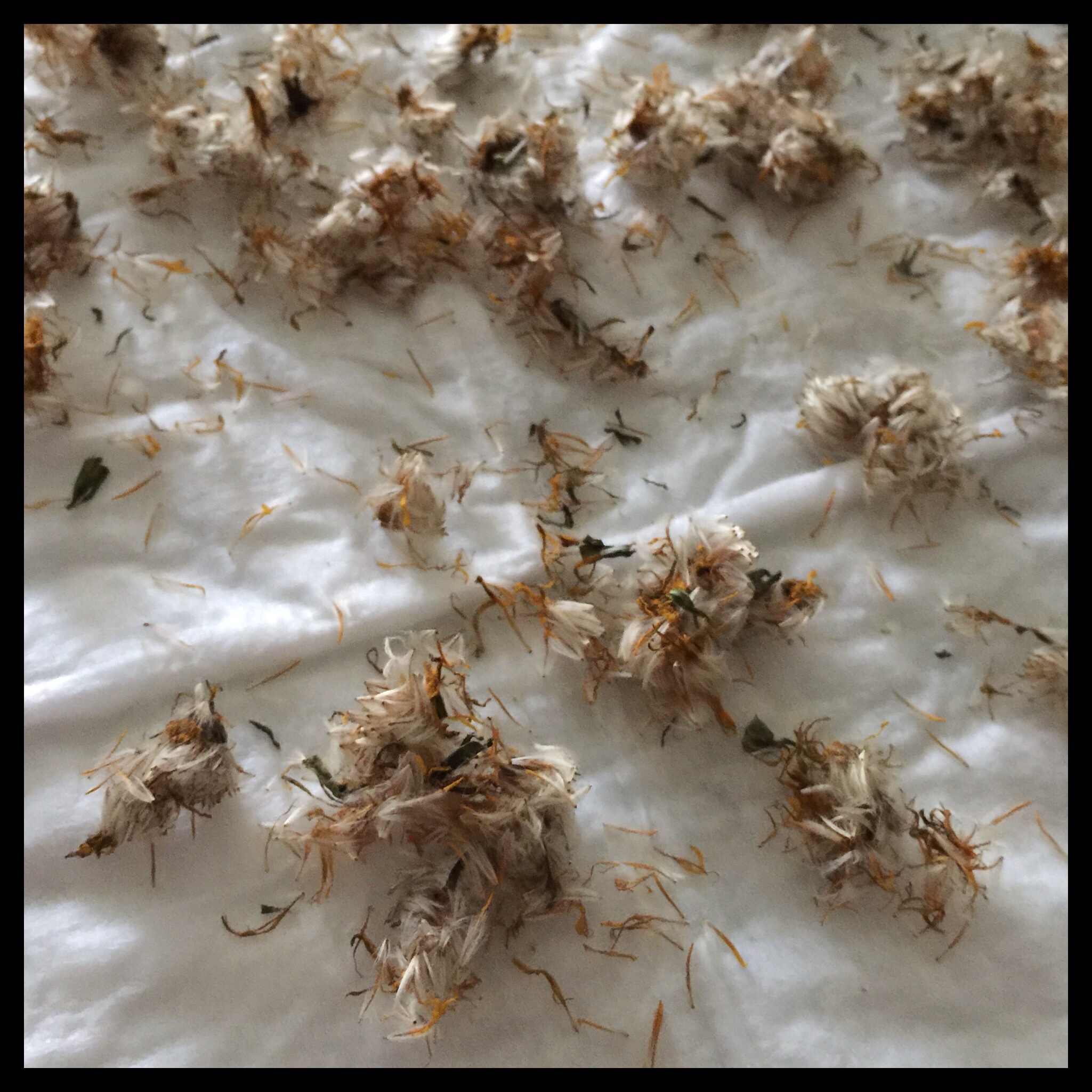
I also gathered three cups of clover flowers, soaked them as I did with the dandelions, rinsed them, and spread them out to dry.
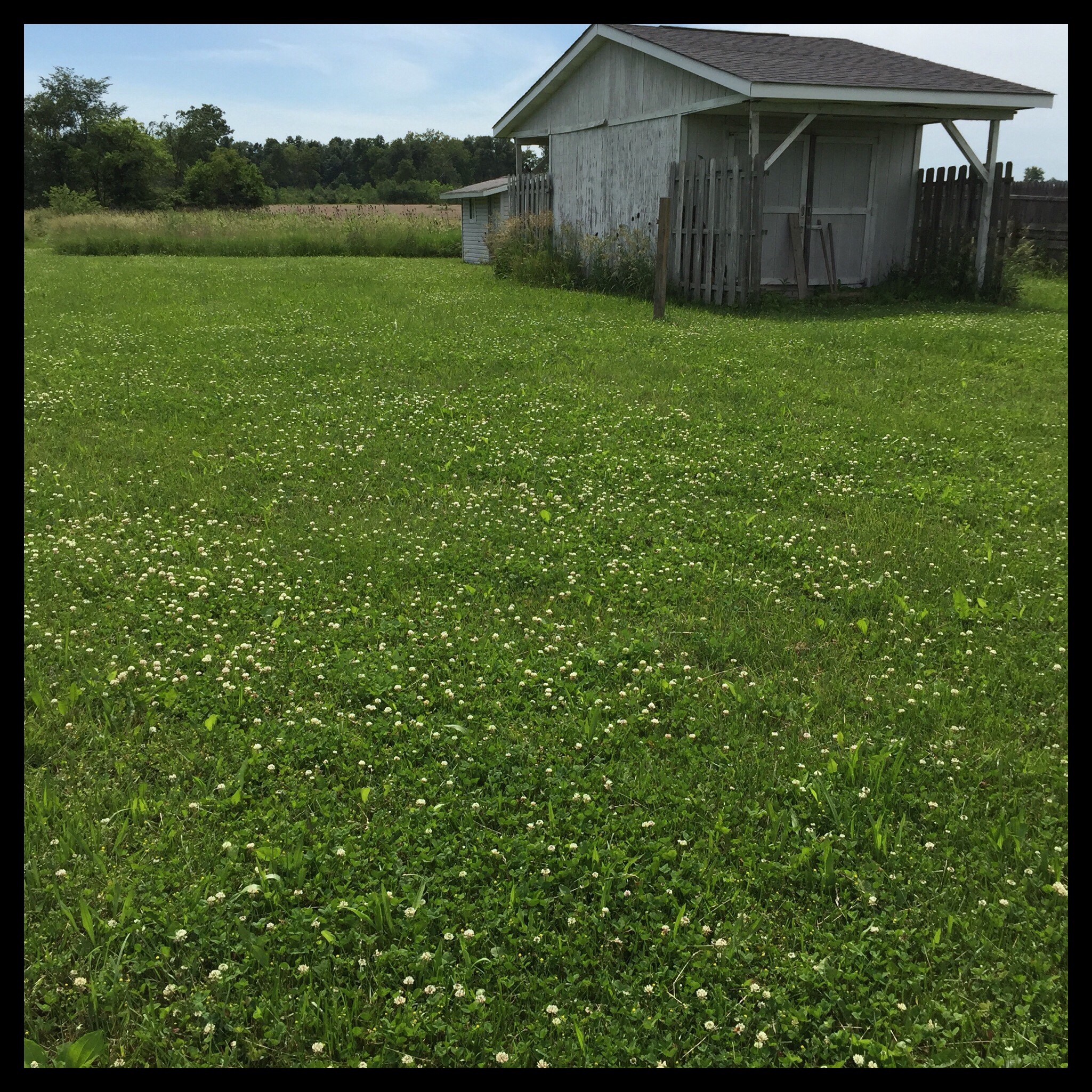
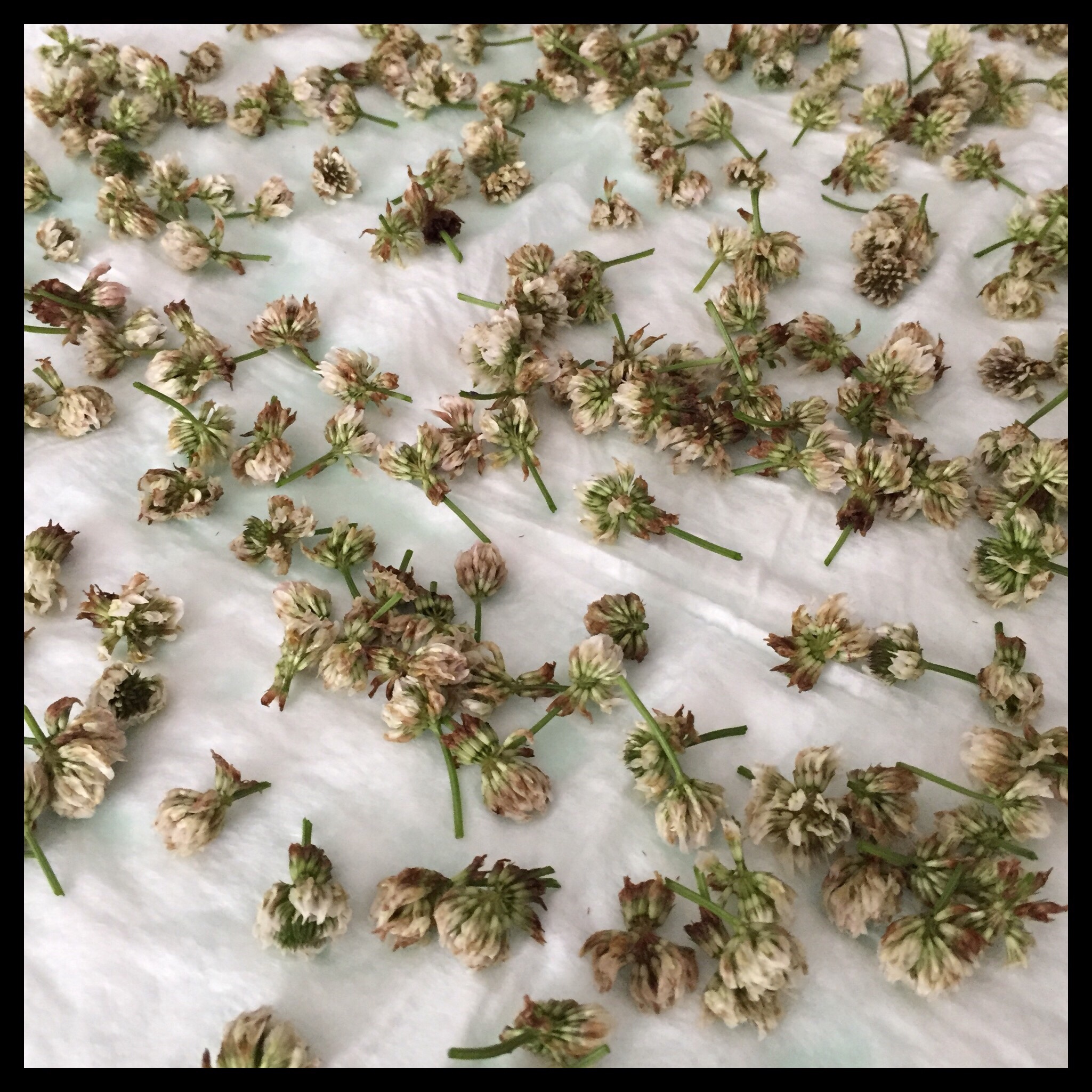
After the clover was completely dry, I pulled the petals off the stems:
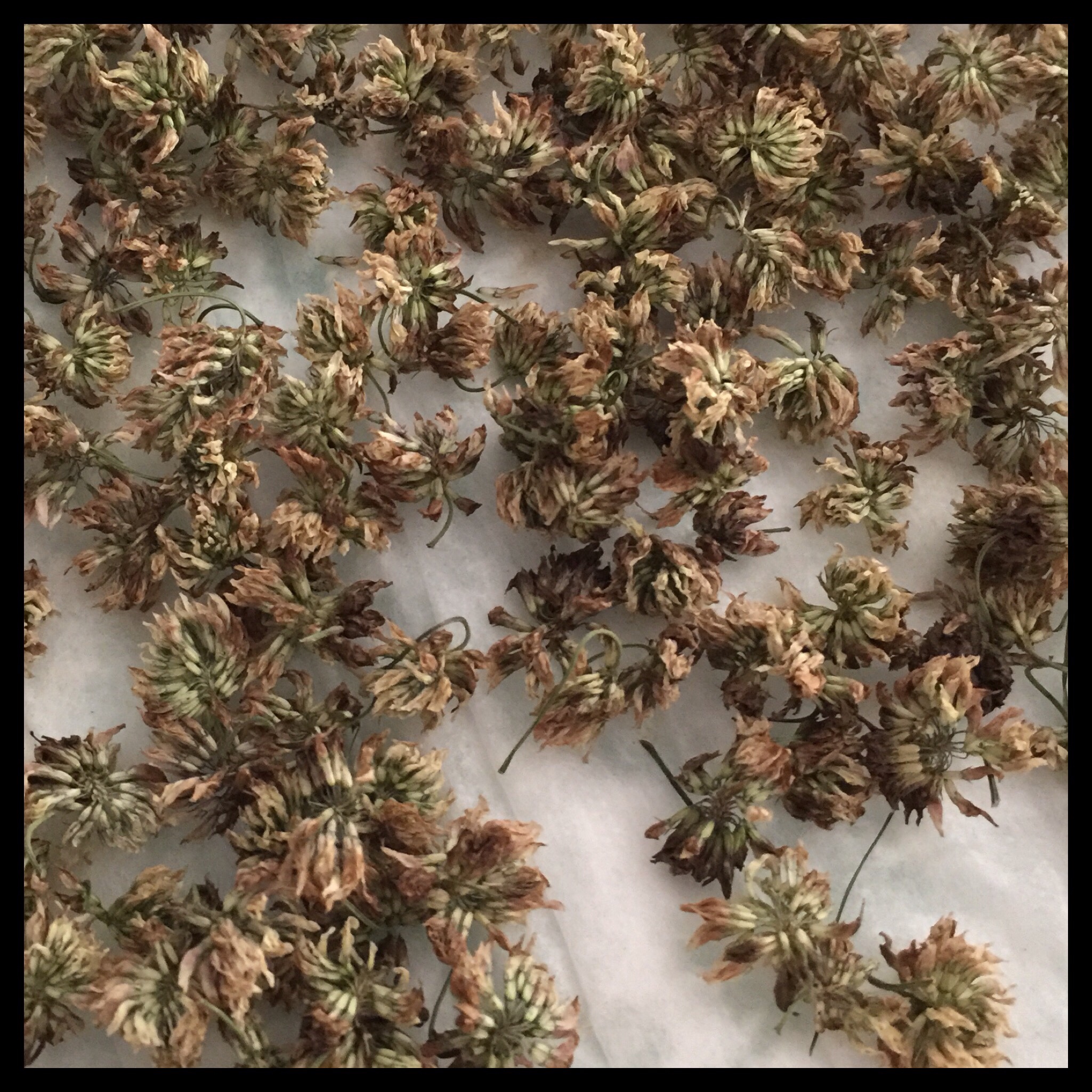
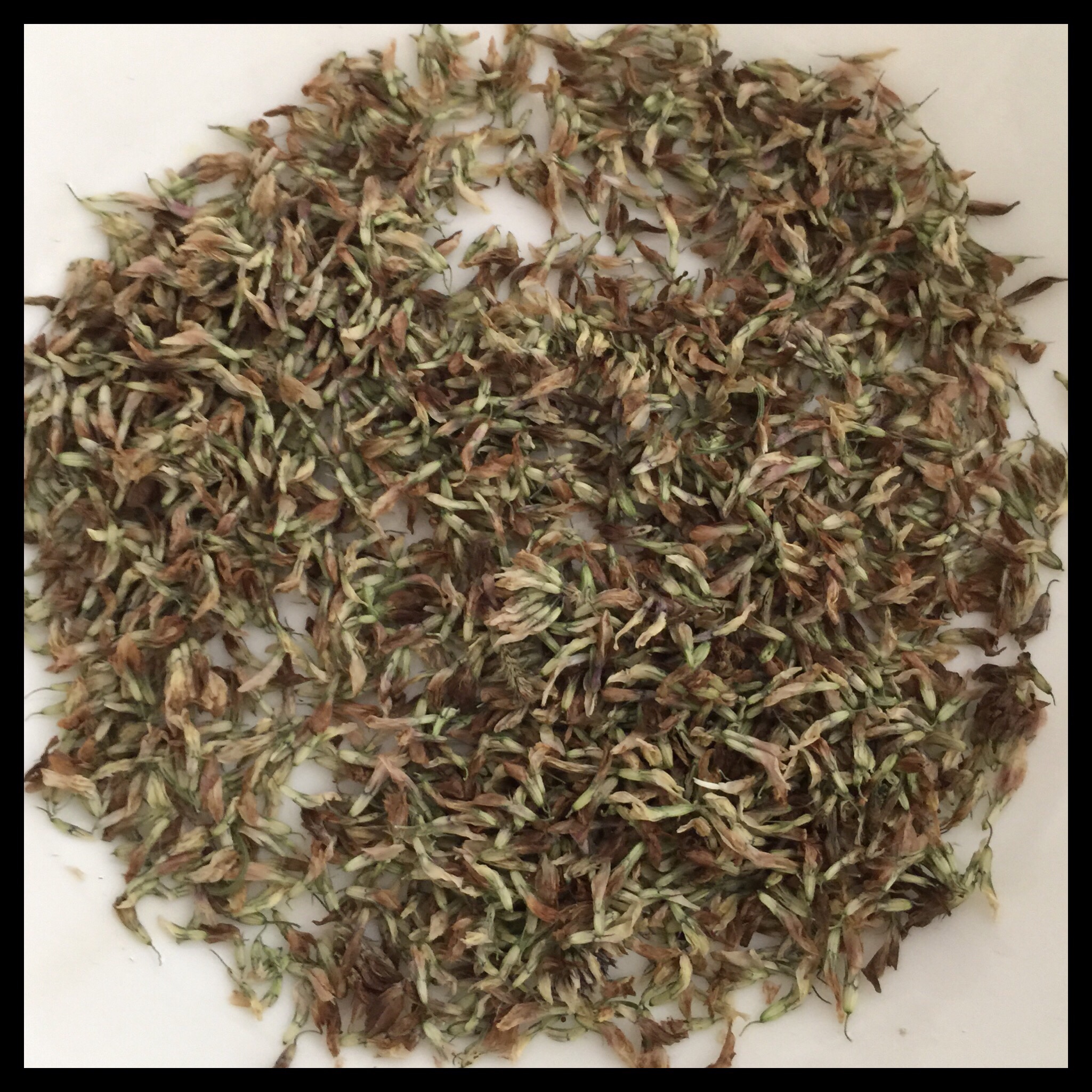
I also harvested six additional kinds of edible wildflowers from my yard. I used the PictureThis app on my phone to identify them and then did some research on Google to be sure they were all safe. It’s a good thing I did, because two other kinds of flowers that were very pretty turned out to be toxic! These are the ones that I used:
Purple Wood Sage:
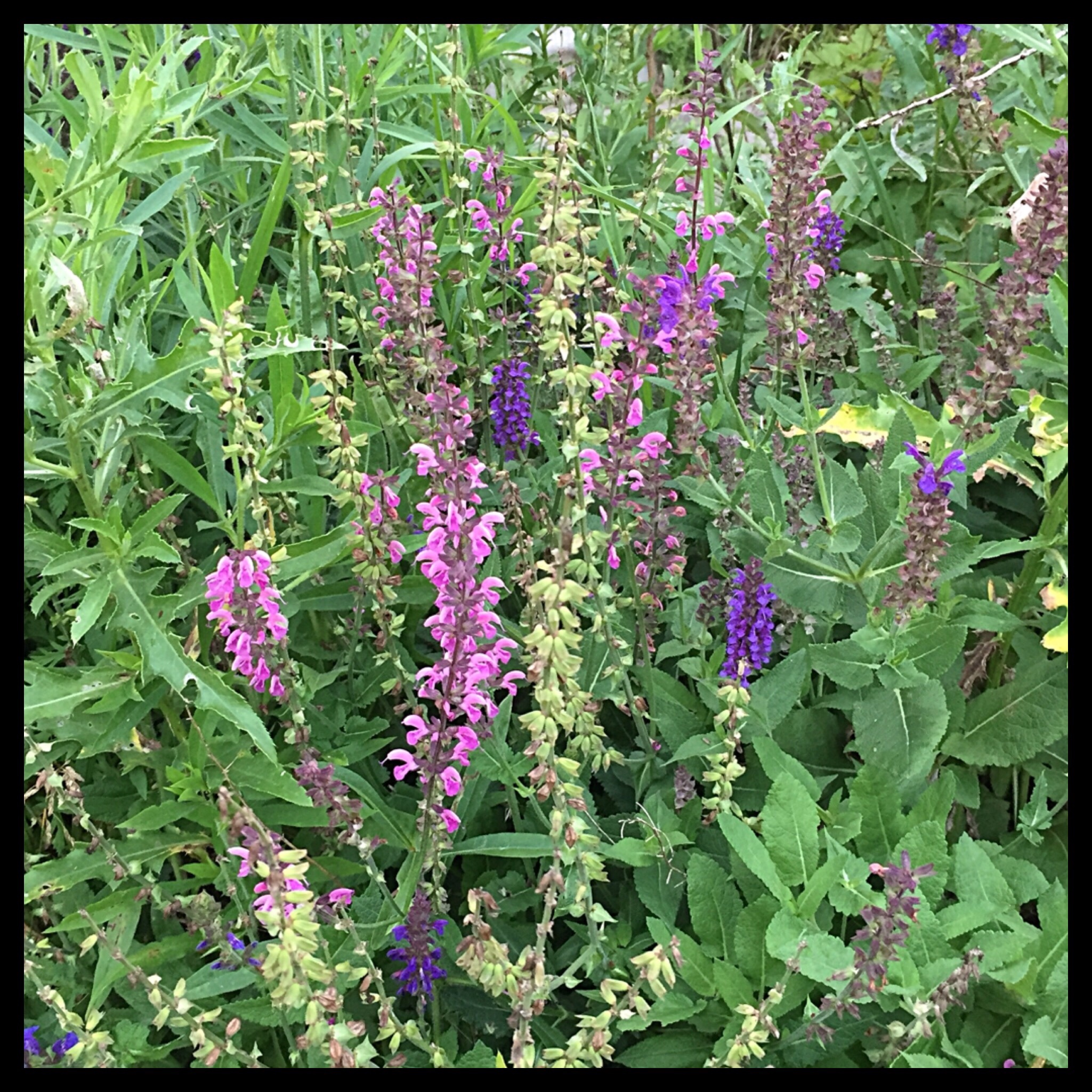
Chicory:
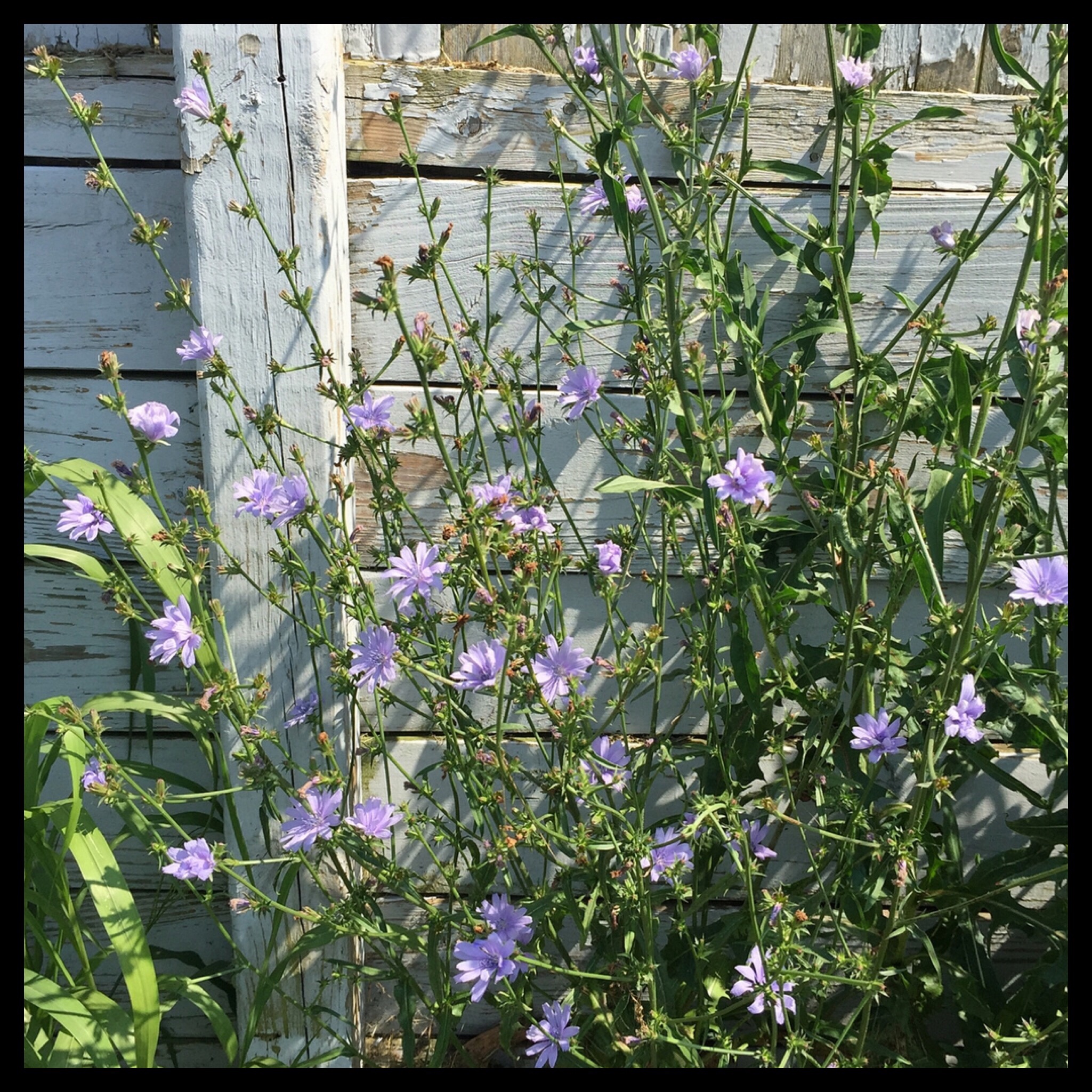
Queen Anne’s Lace:
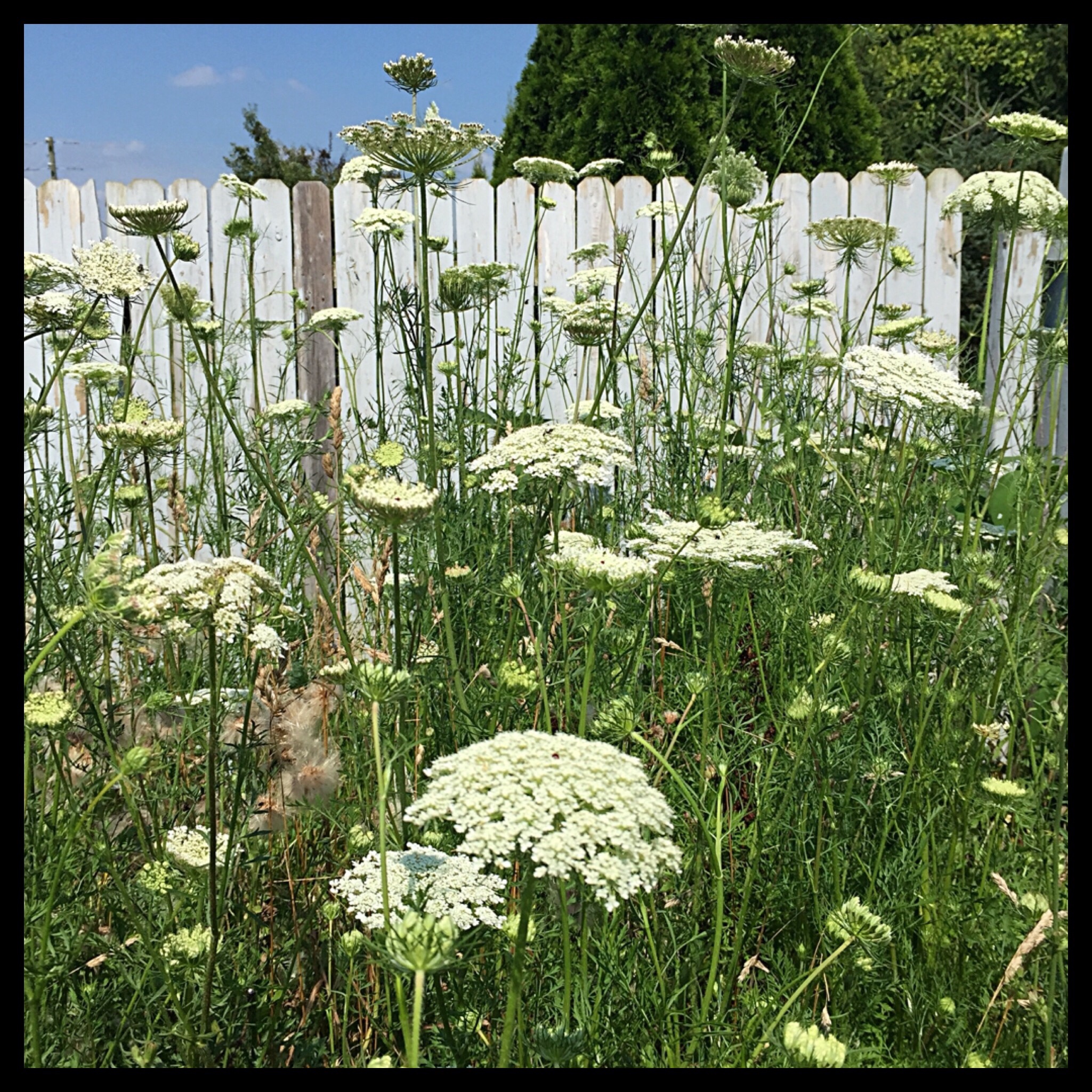
Canada Thistle:
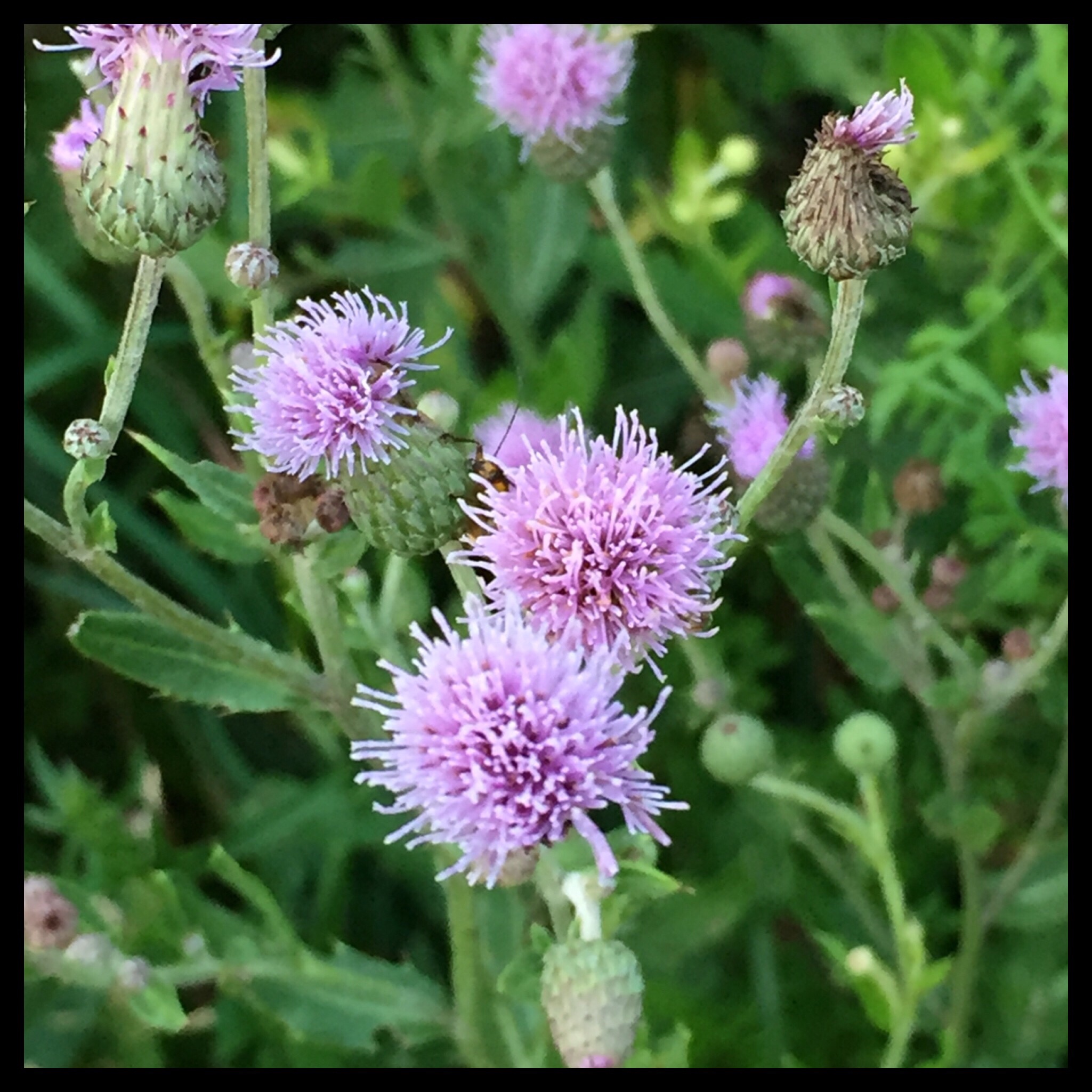
Lavender from our garden (so not really a wildflower):
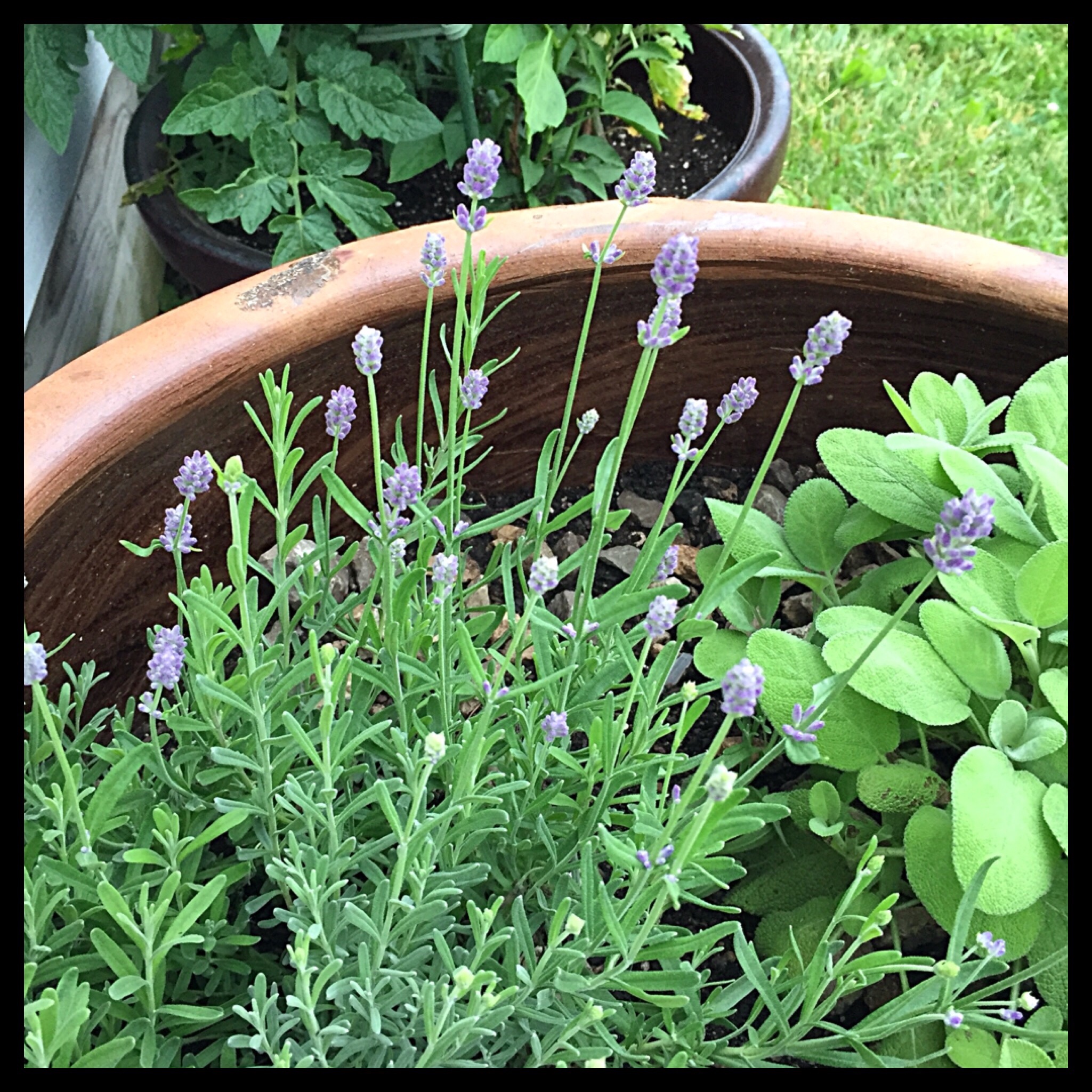
And, Black Medick, which produces tiny yellow flowers despite its name:
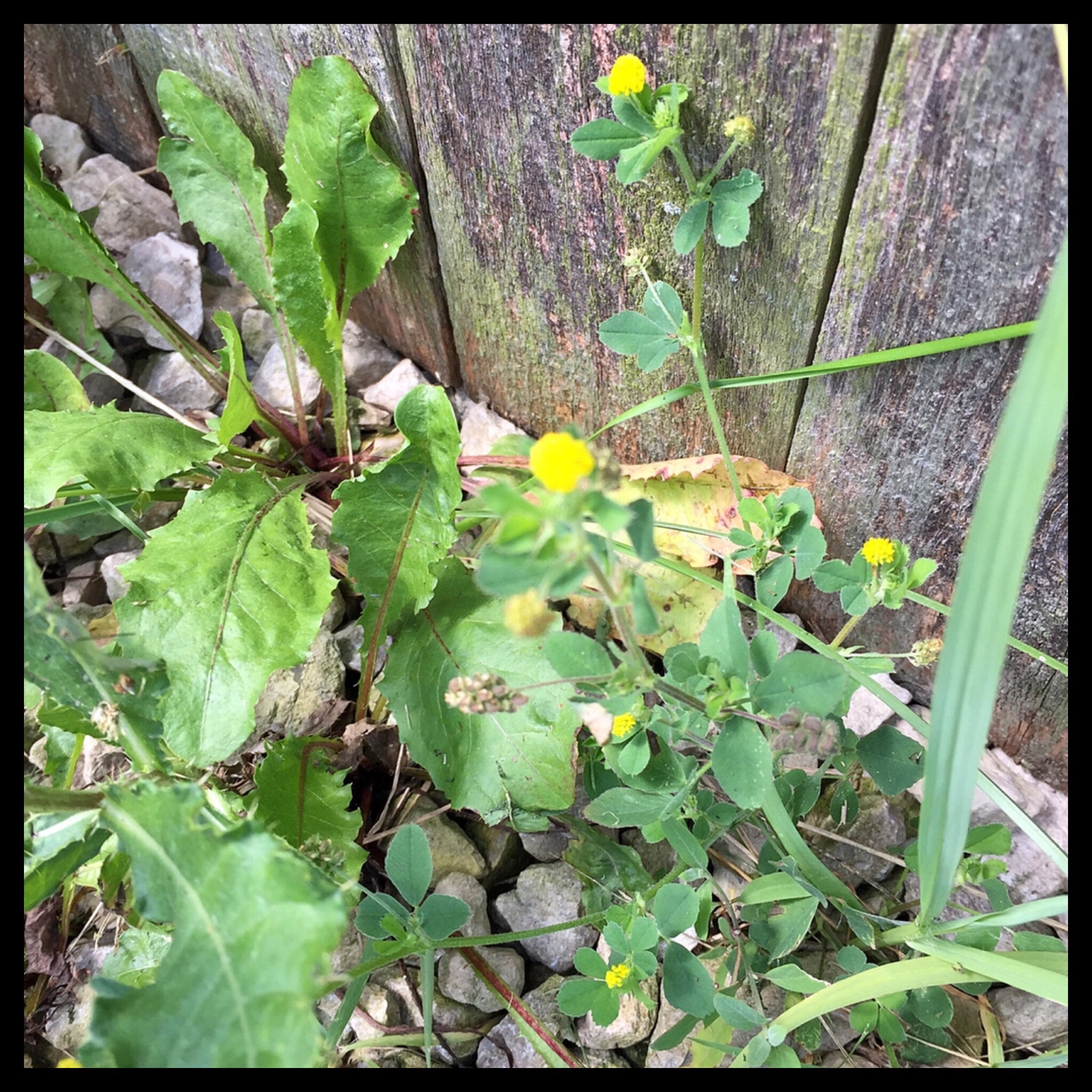
I gathered the Queen Anne’s Lace and Black Medick after this, but I followed the same steps with them later. All together, I collected about four cups of wildflowers.
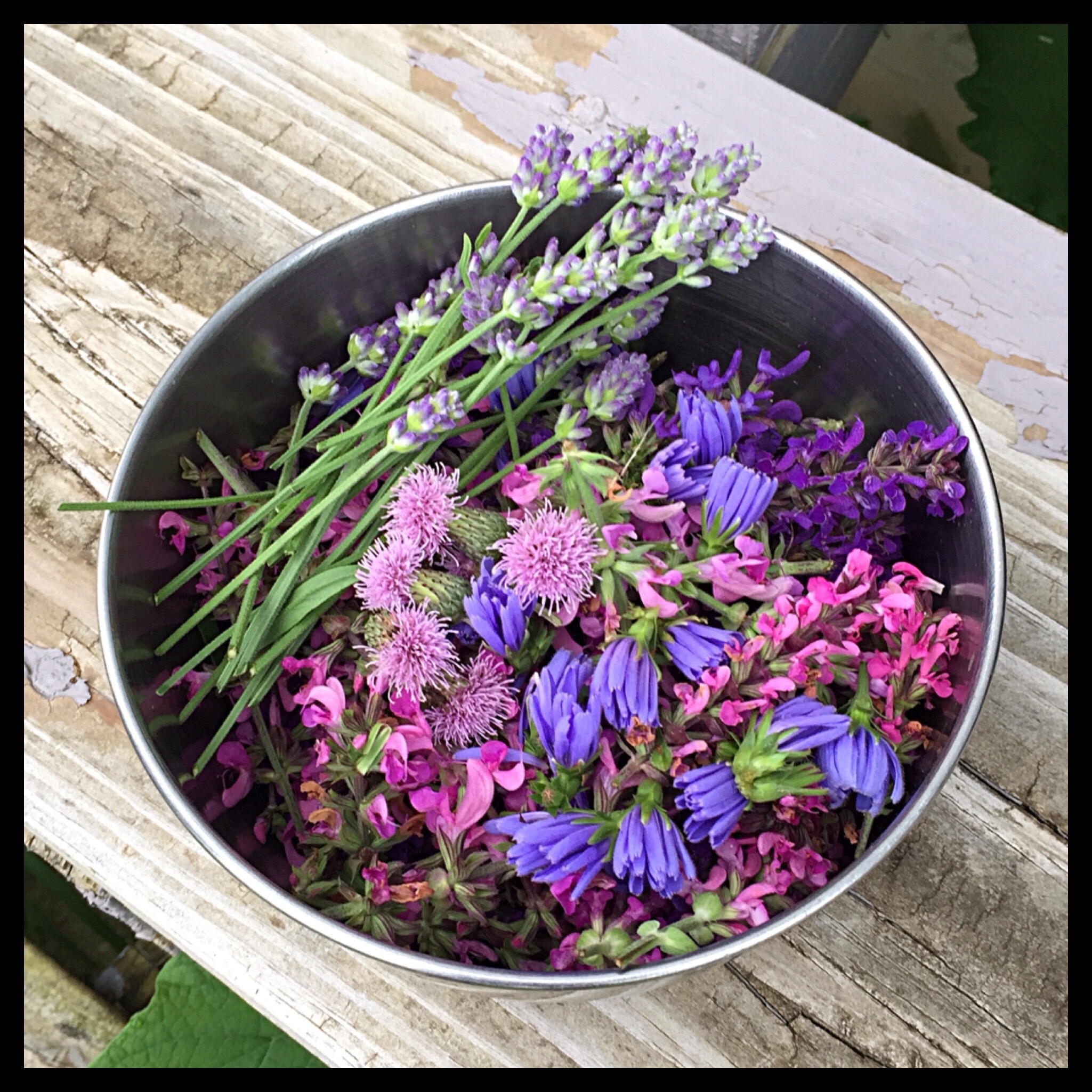
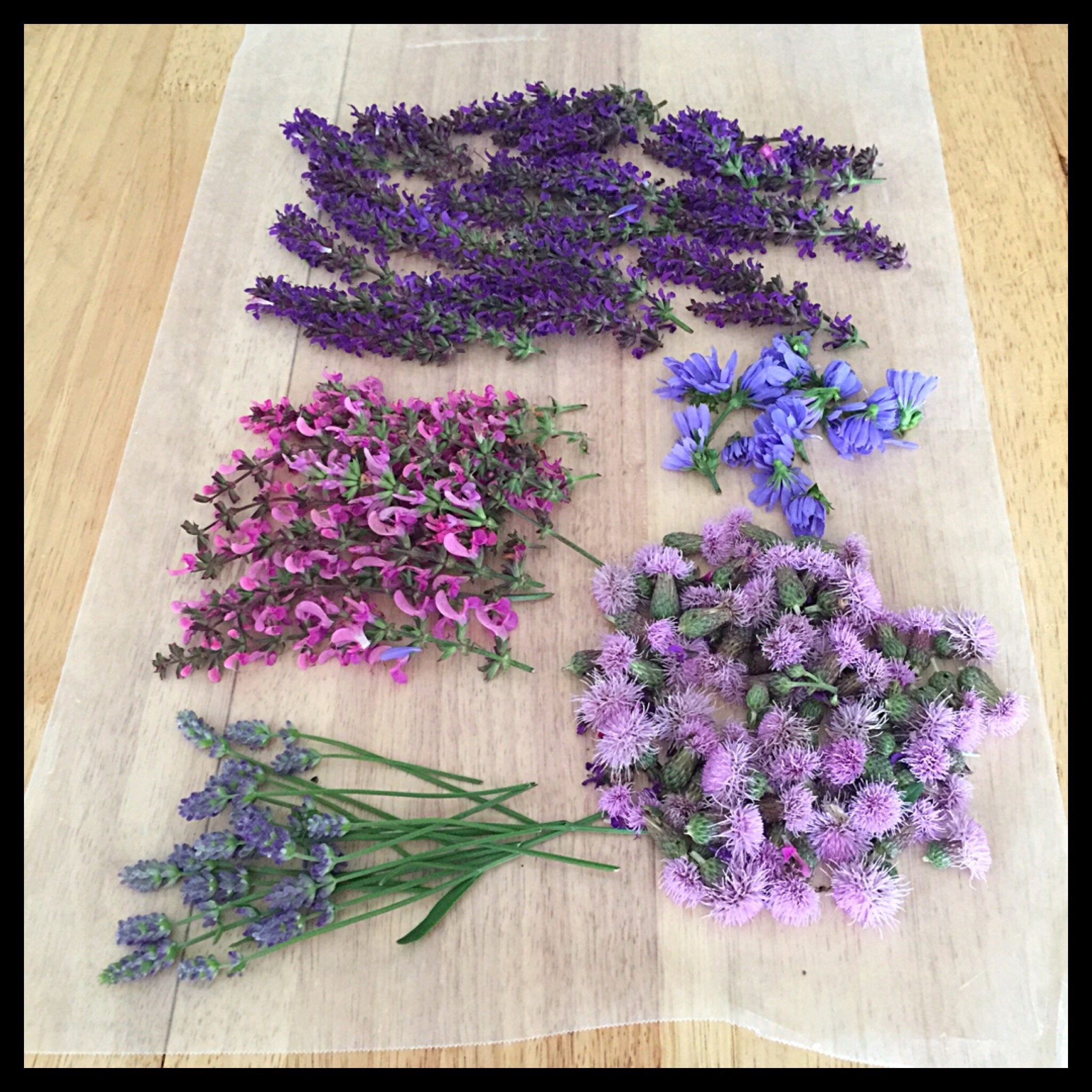
I soaked them as I had with the dandelions and clover:
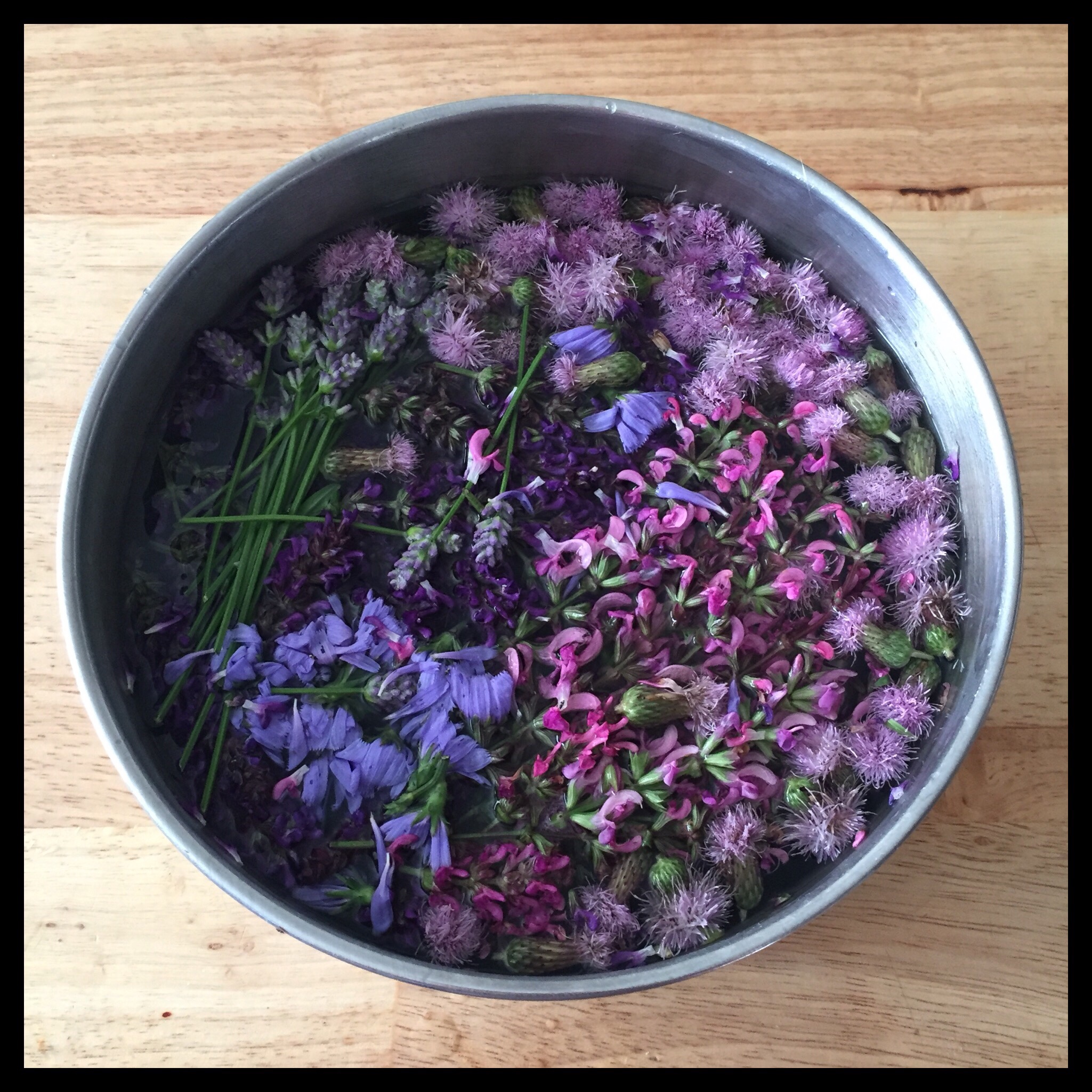
Then I rinsed them well, drained them, and laid them out on a pad to dry:
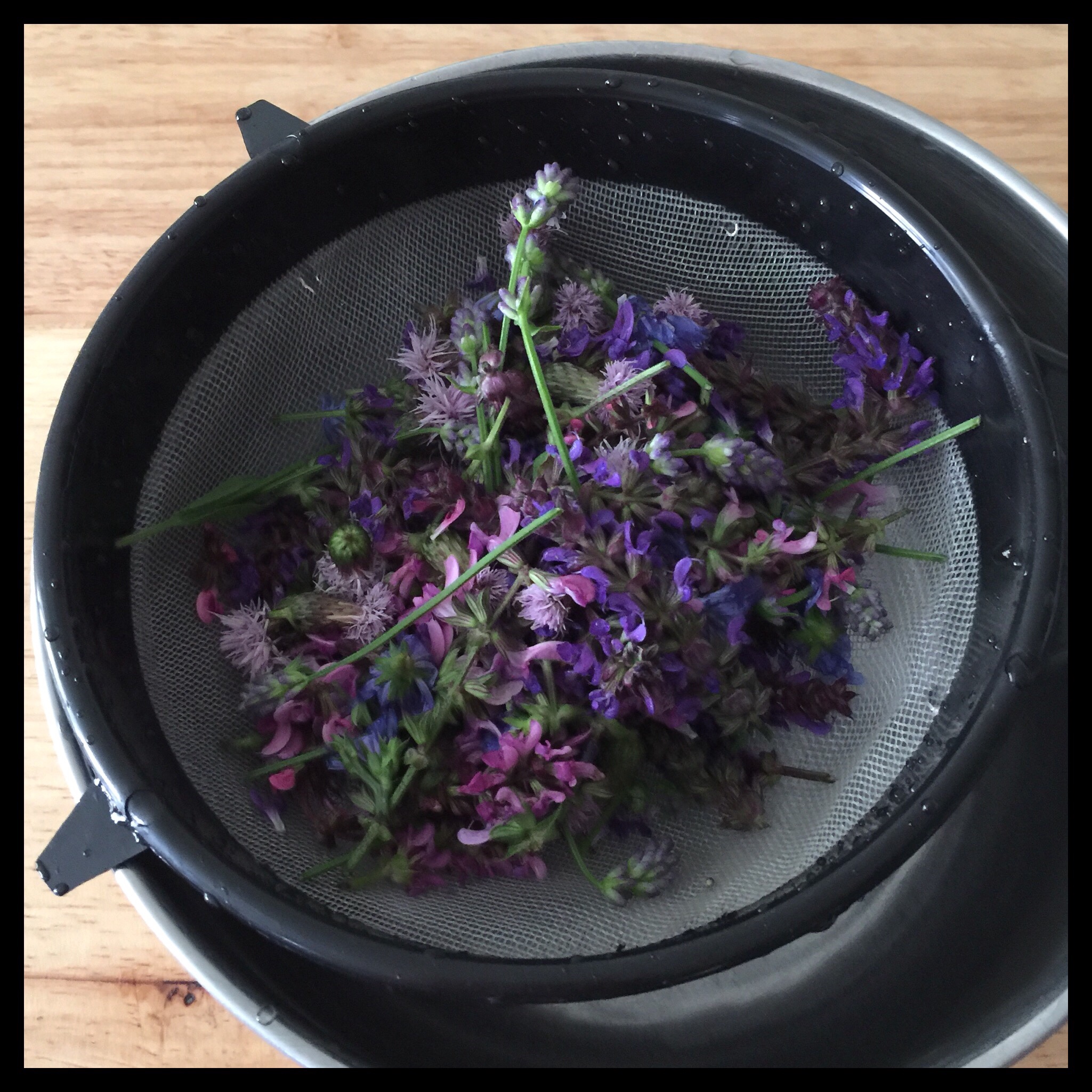
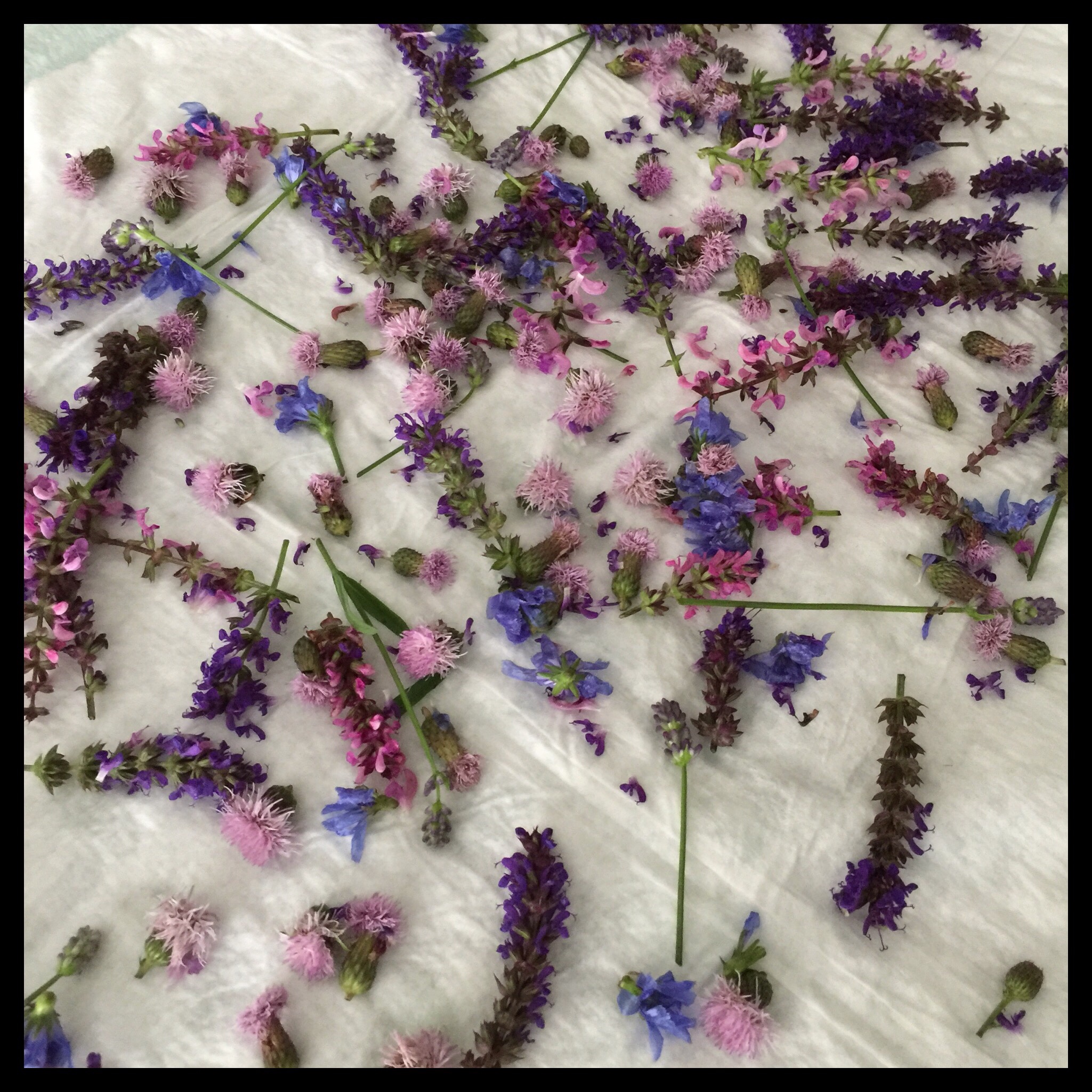
Note that for all of the flowers, it takes three or four days for them to fully dry.
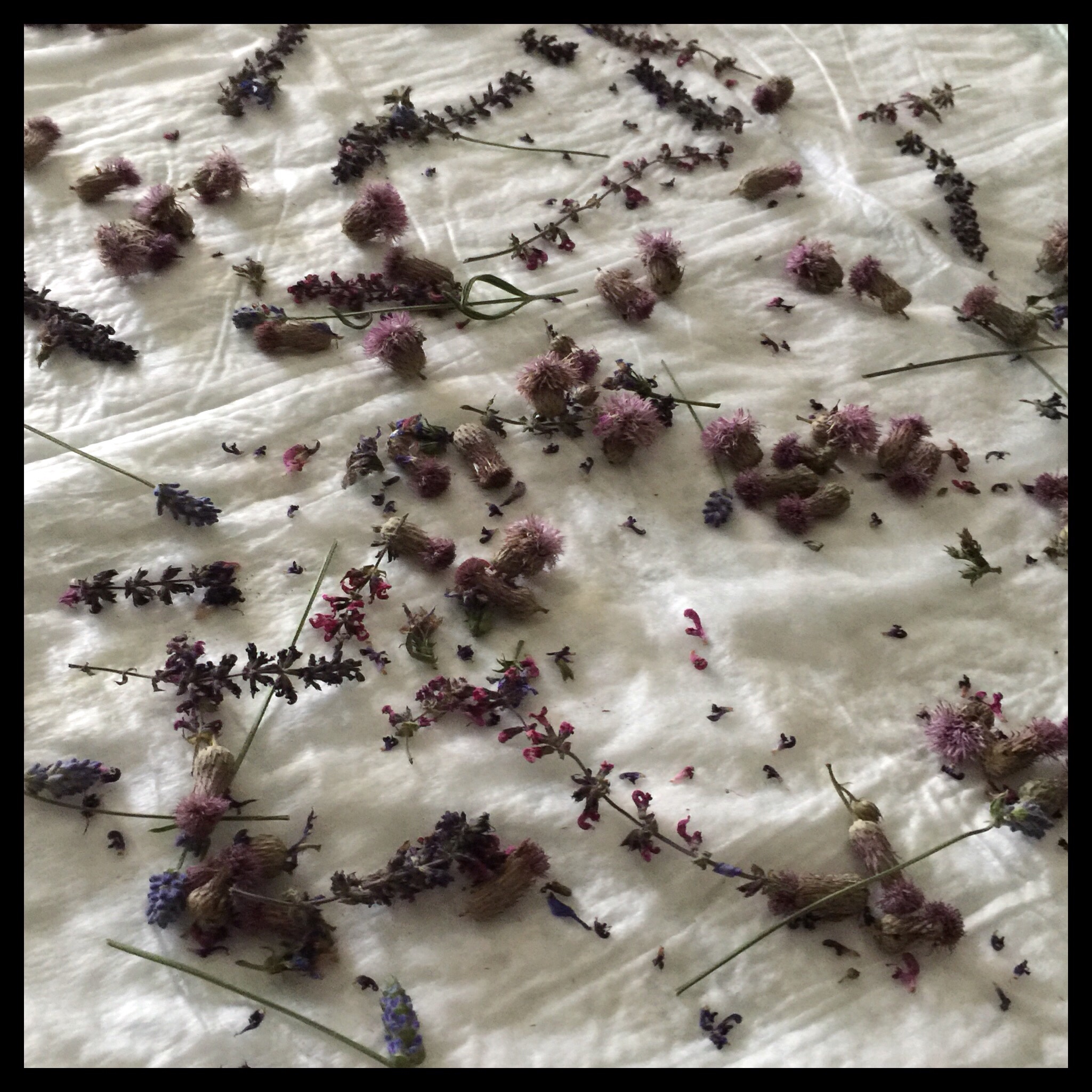
I removed the thistle petals from the prickly part (I recommend wearing gloves for this):
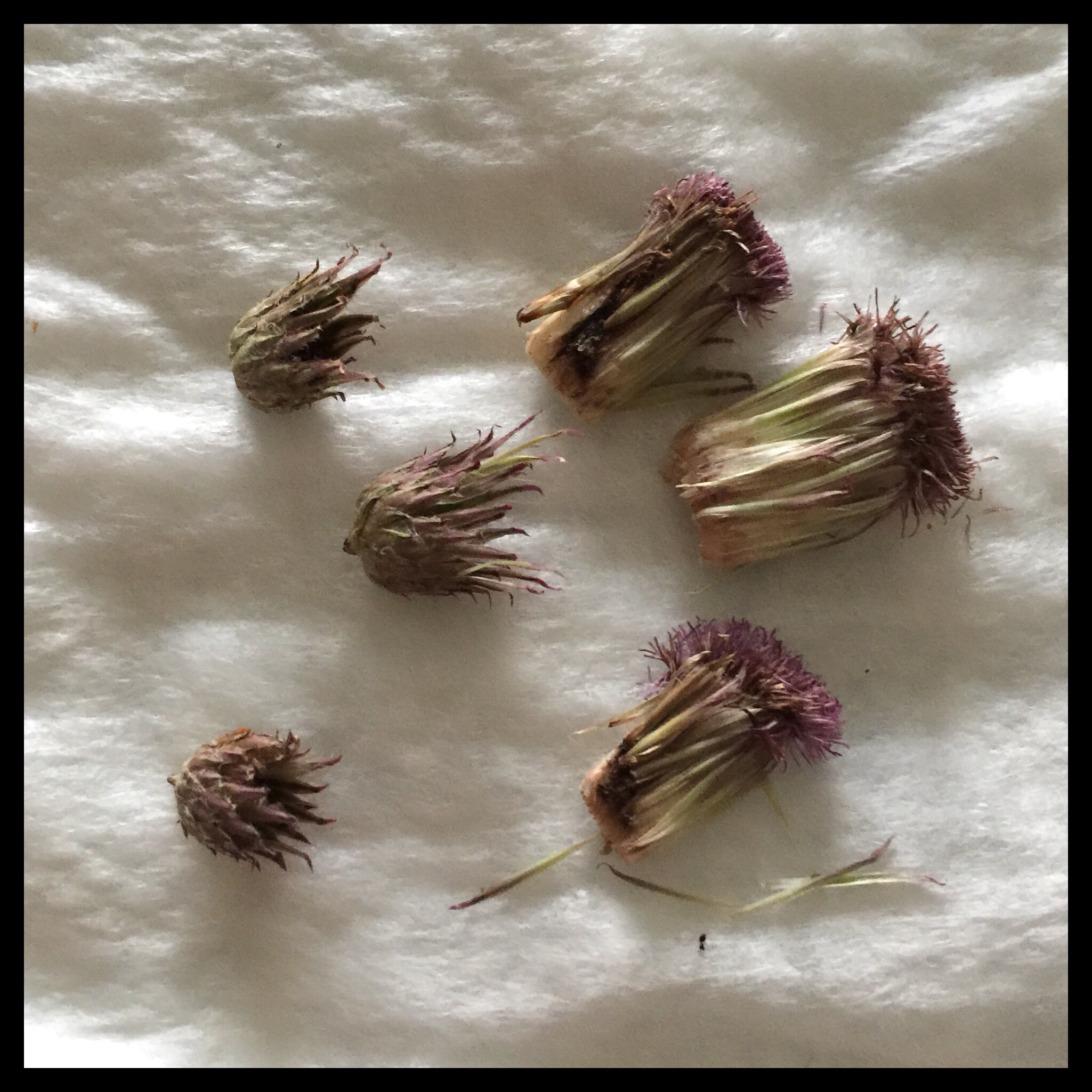
I pulled the petals/flowers off the stems of the Wood Sage, Chicory, Queen Anne’s Lace, and Black Medick.
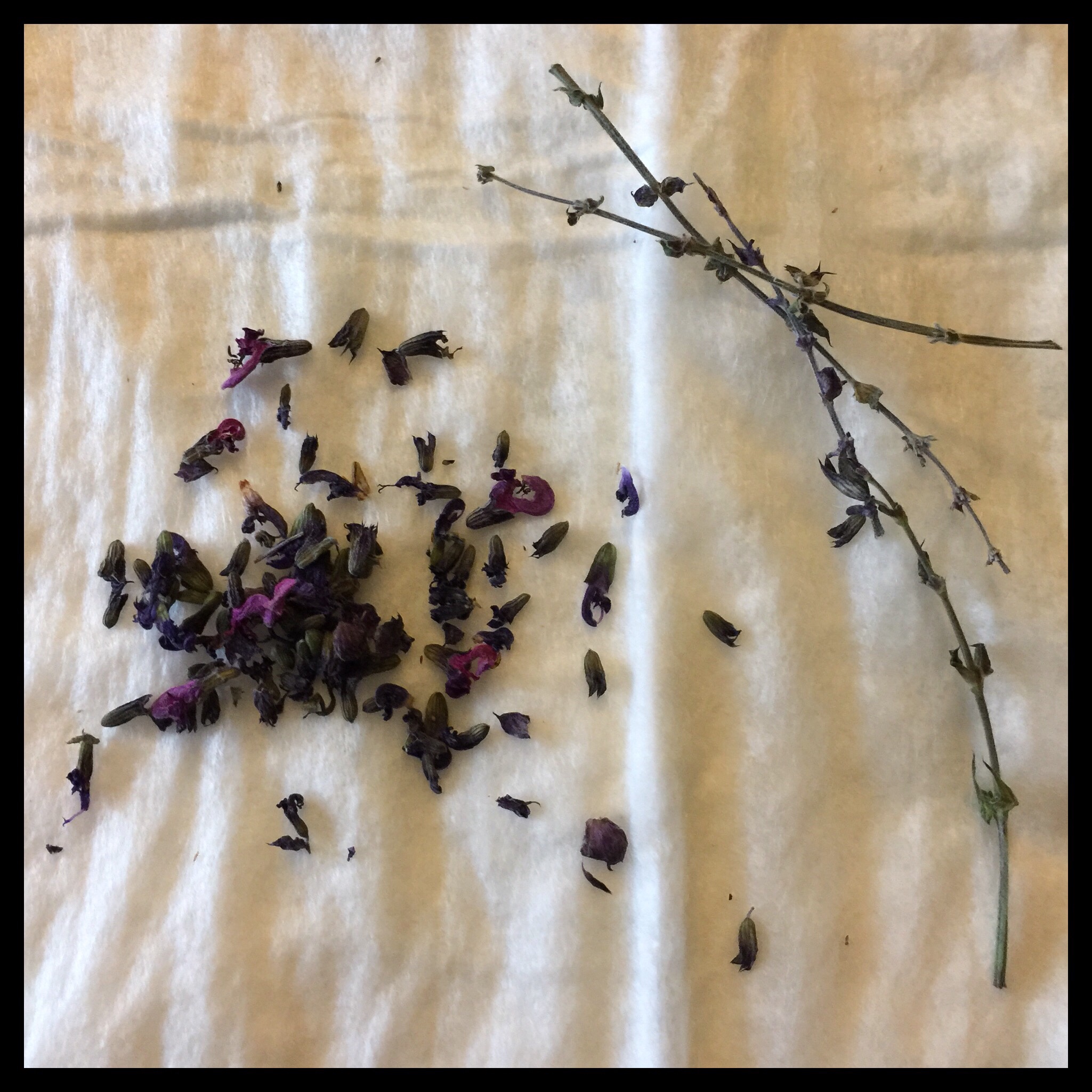
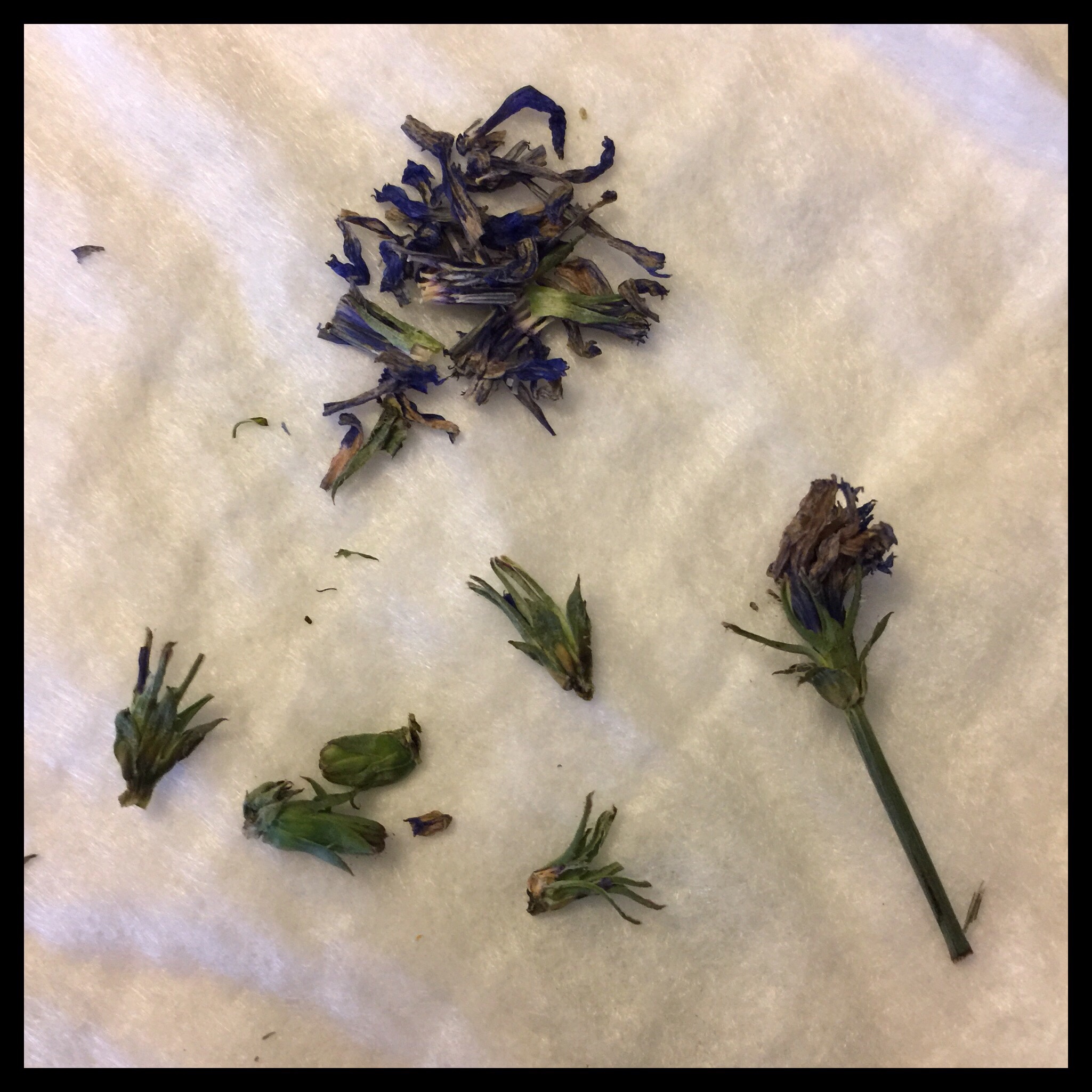
A cute little inchworm had been hiding in the flowers! We watched it for a few minutes, then got it to crawl onto a leaf and relocated it back outside.
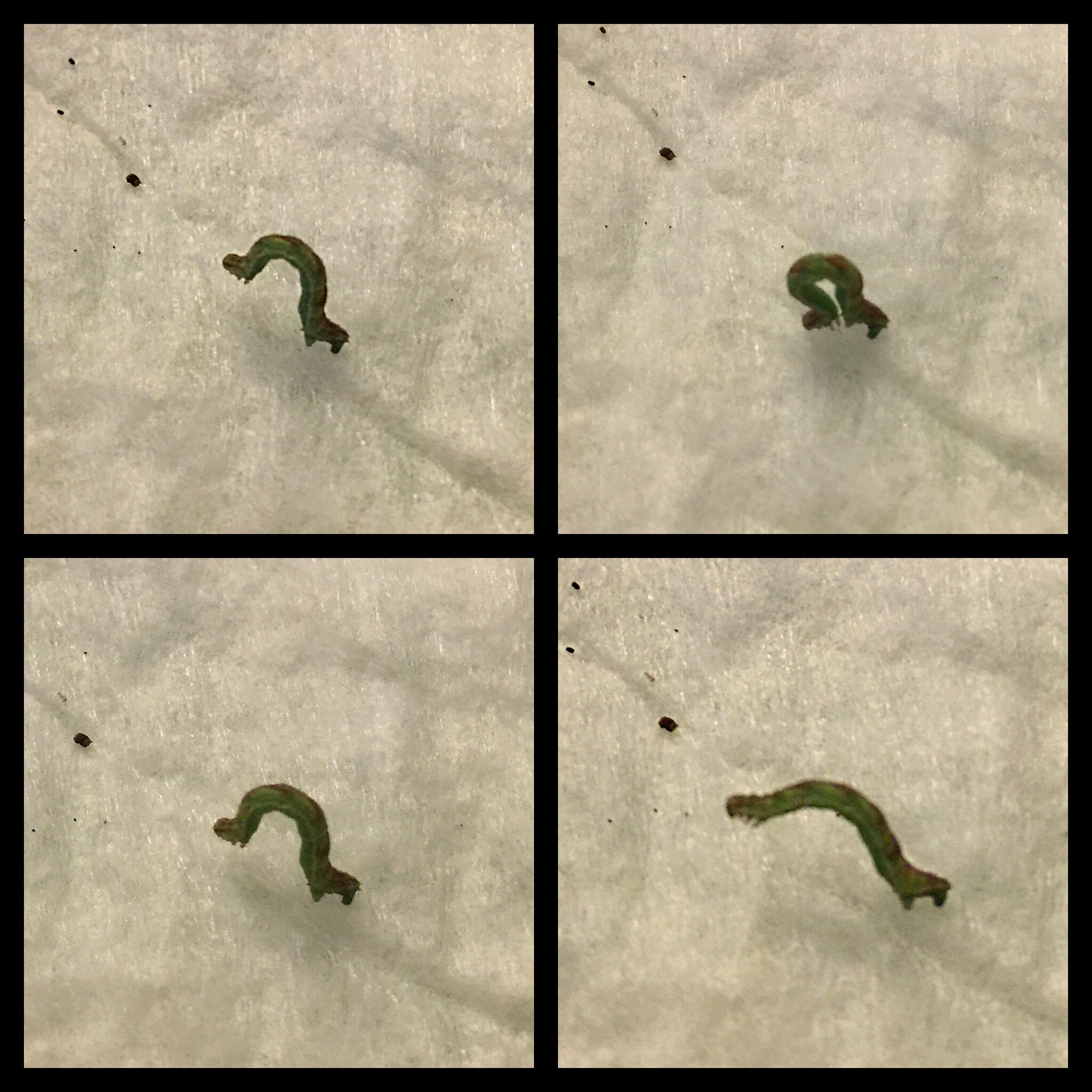
Here you can see what all of the dried flower petals look like. Note that this is not the full amount used, but is just to show what they looked like. These (clockwise from top left) are the Wood Sage, Canada Thistle, Black Medick, and Clover:
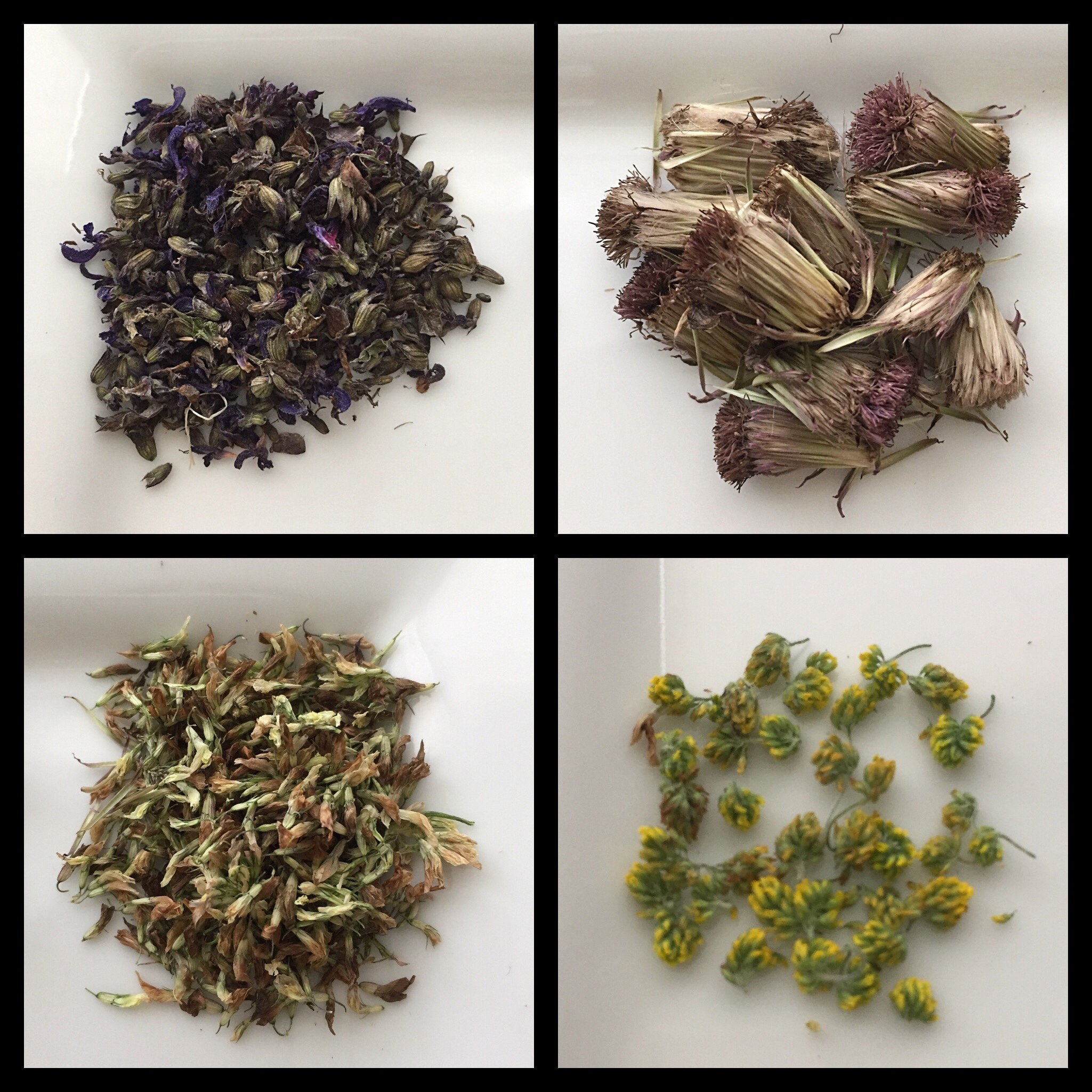
These (clockwise from top left) are the Chicory, Queen Anne’s Lace, Lavender, and Dandelion:
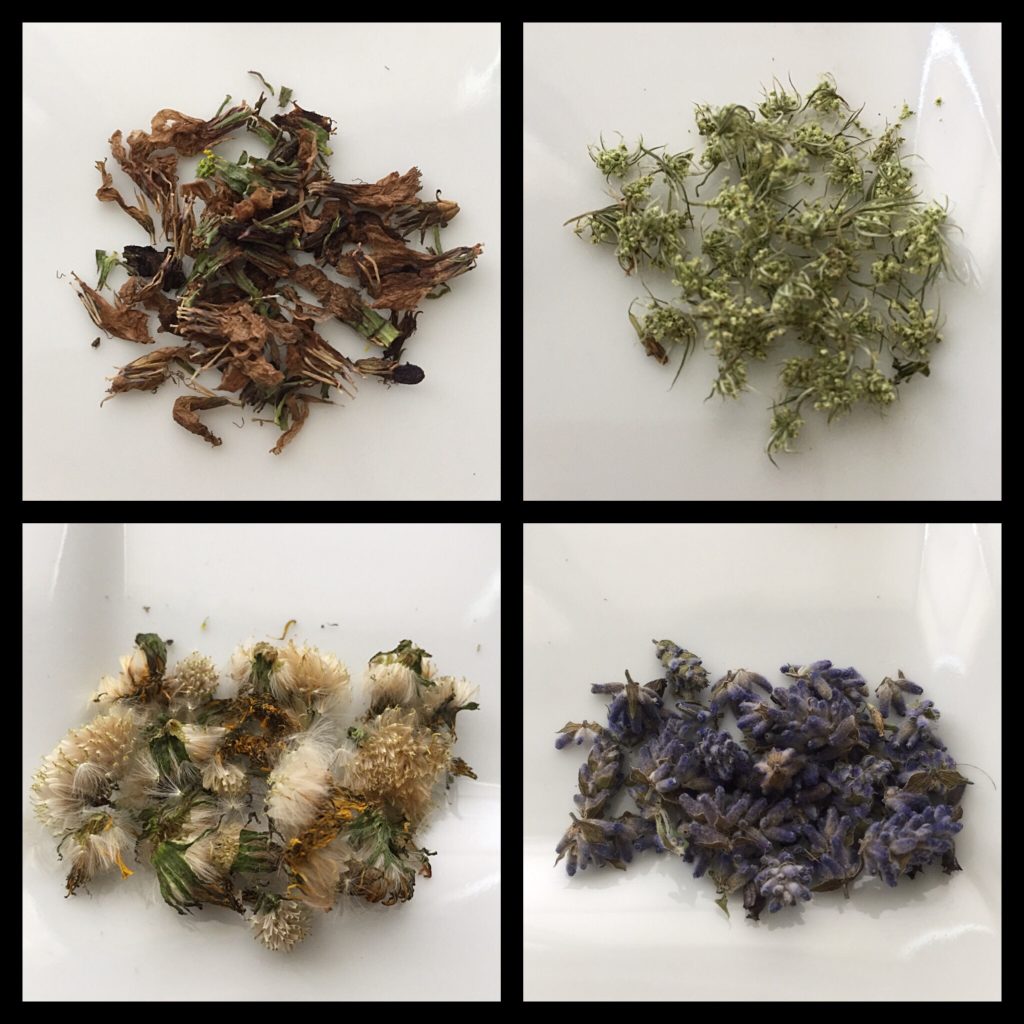
I added the dried dandelion flowers to a large mixing bowl:
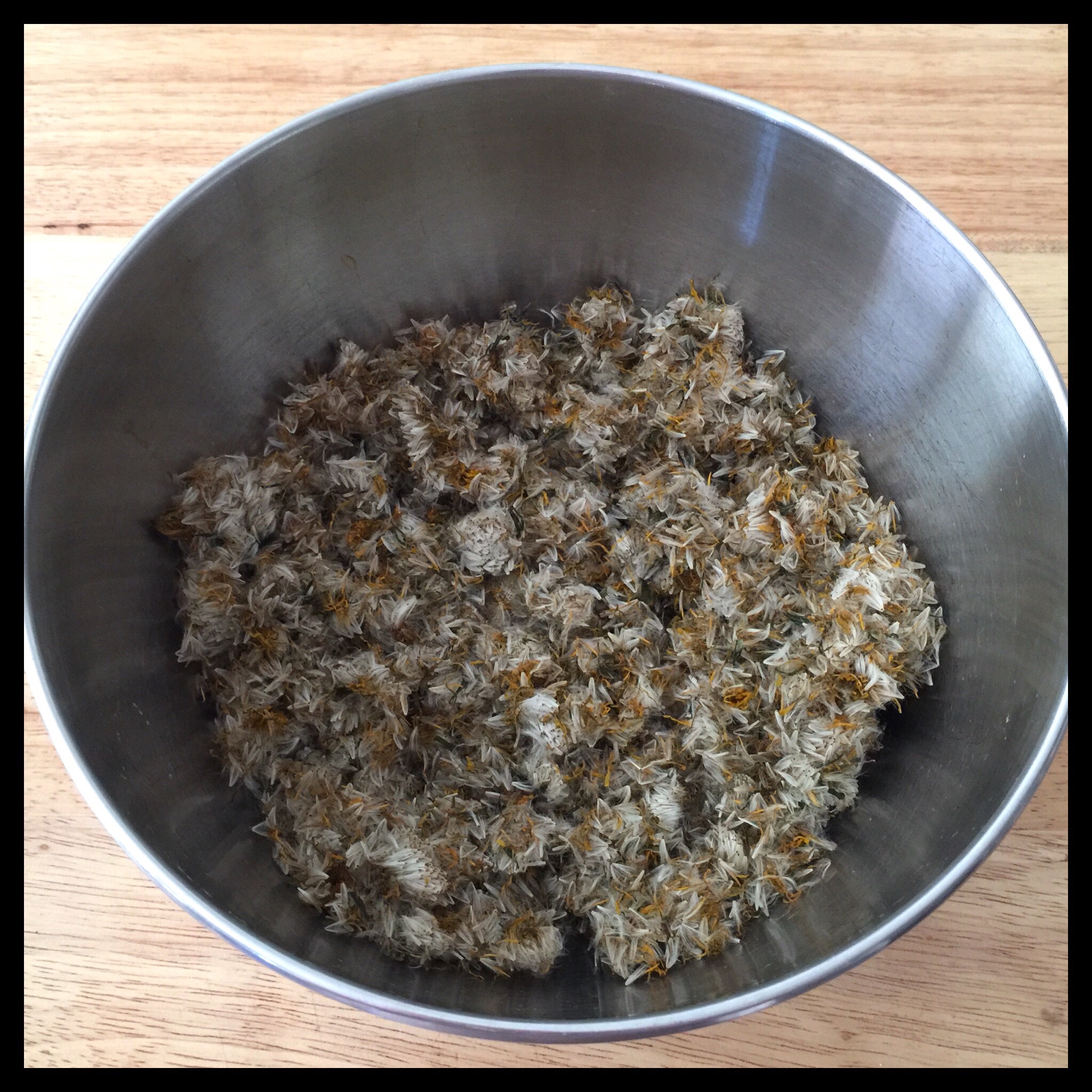
Then I added the rest of the dried wildflowers and also emptied three bags of chamomile tea on top:
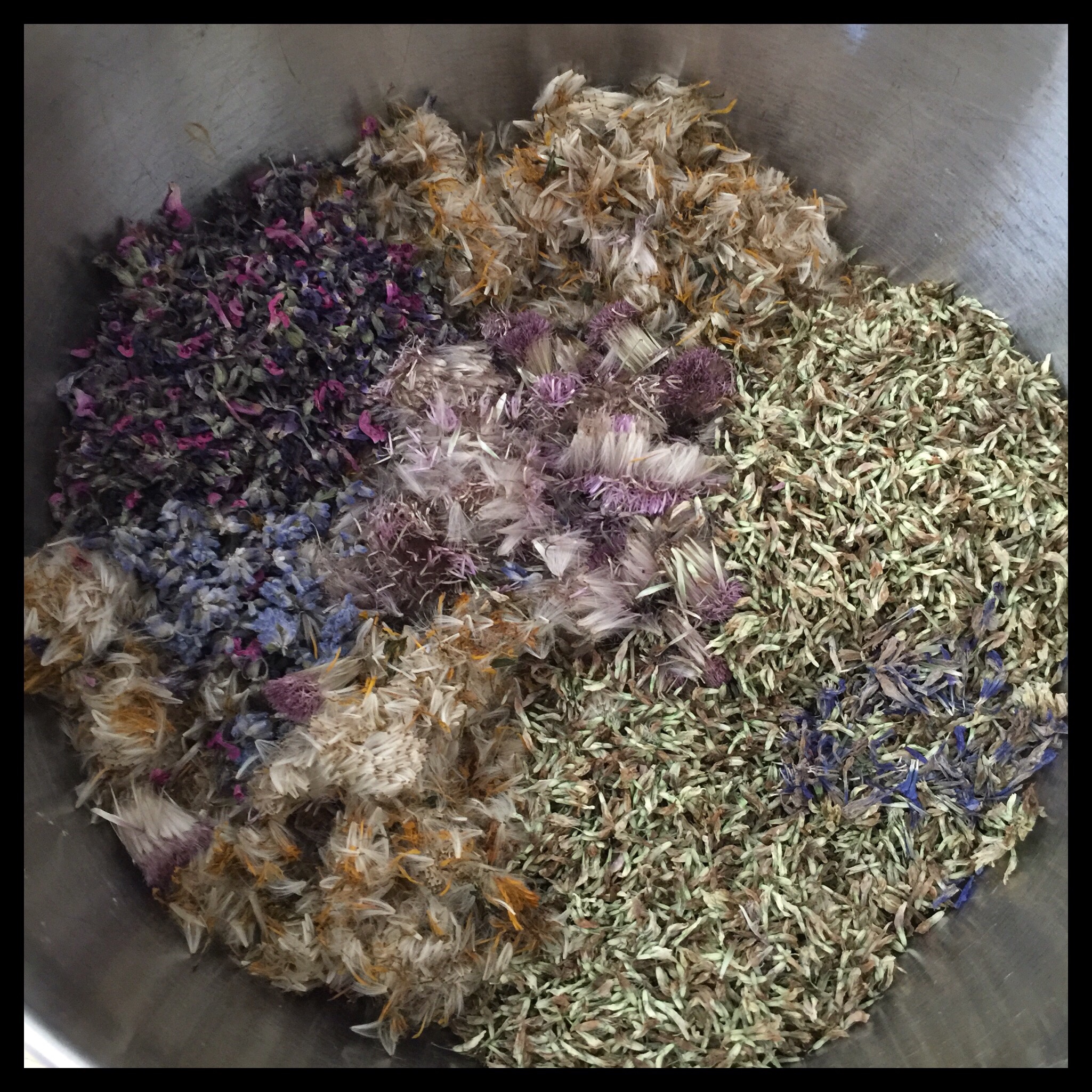
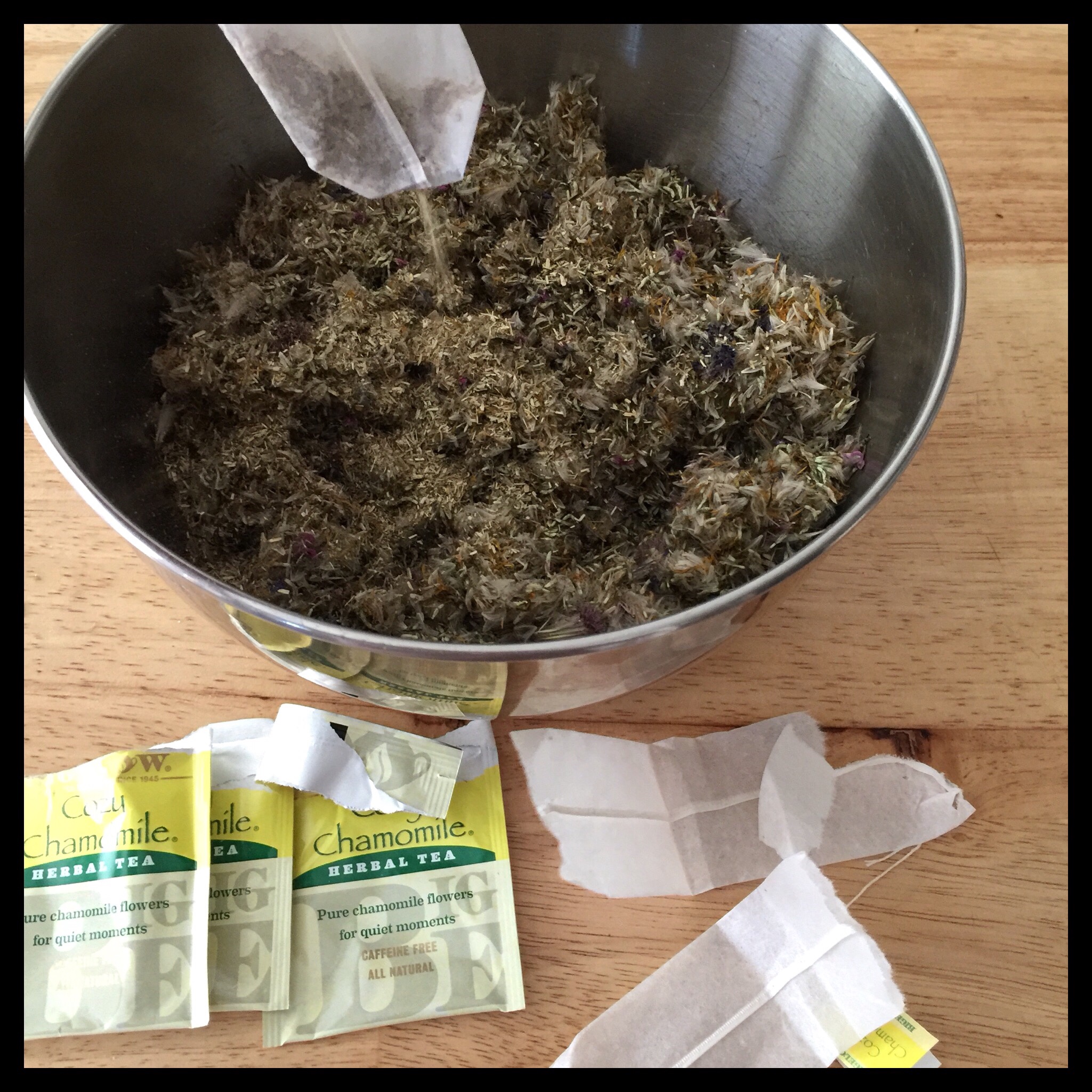
I mixed it all together, then divided the flowers into four baggies. I kept one bag out and froze the other three to use later.
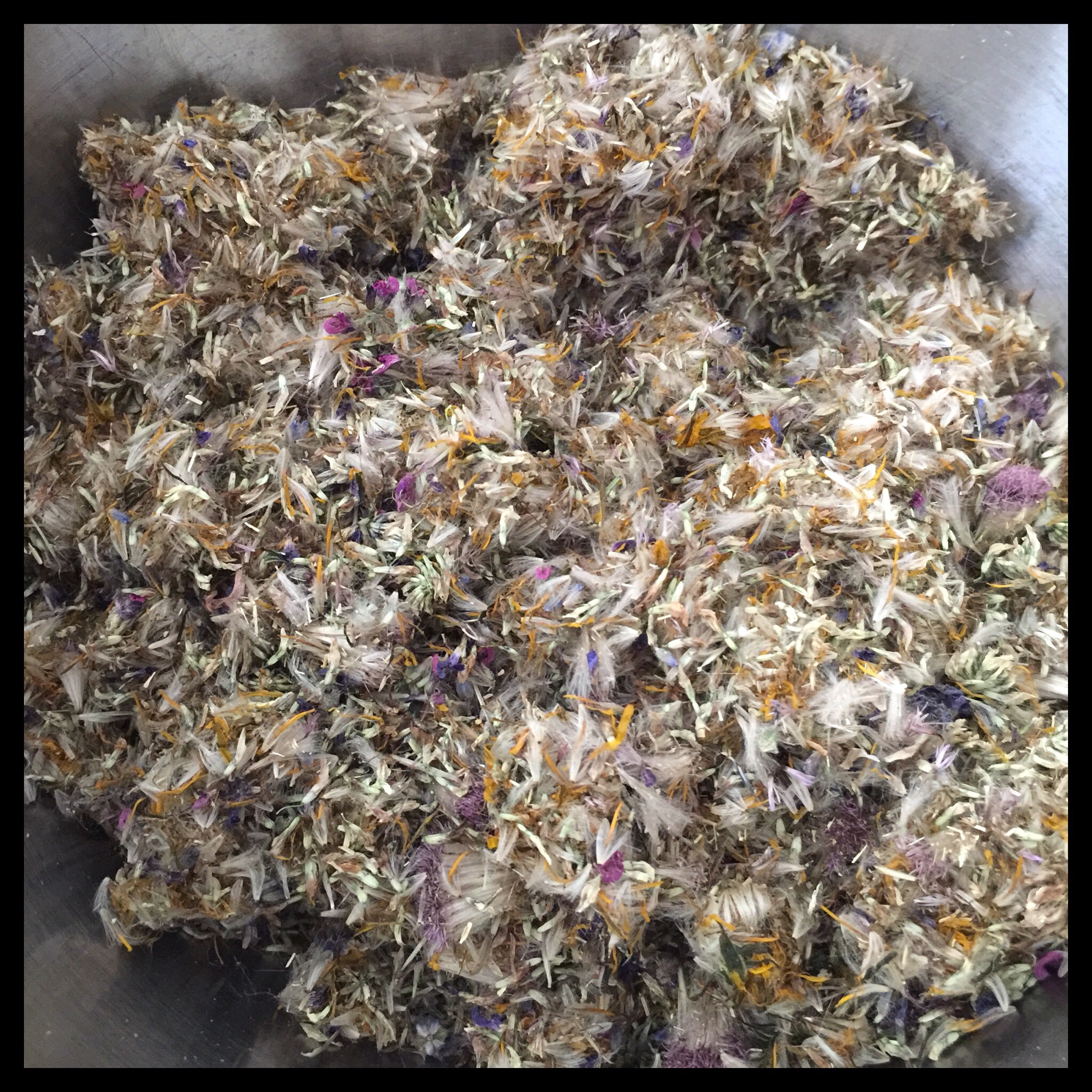
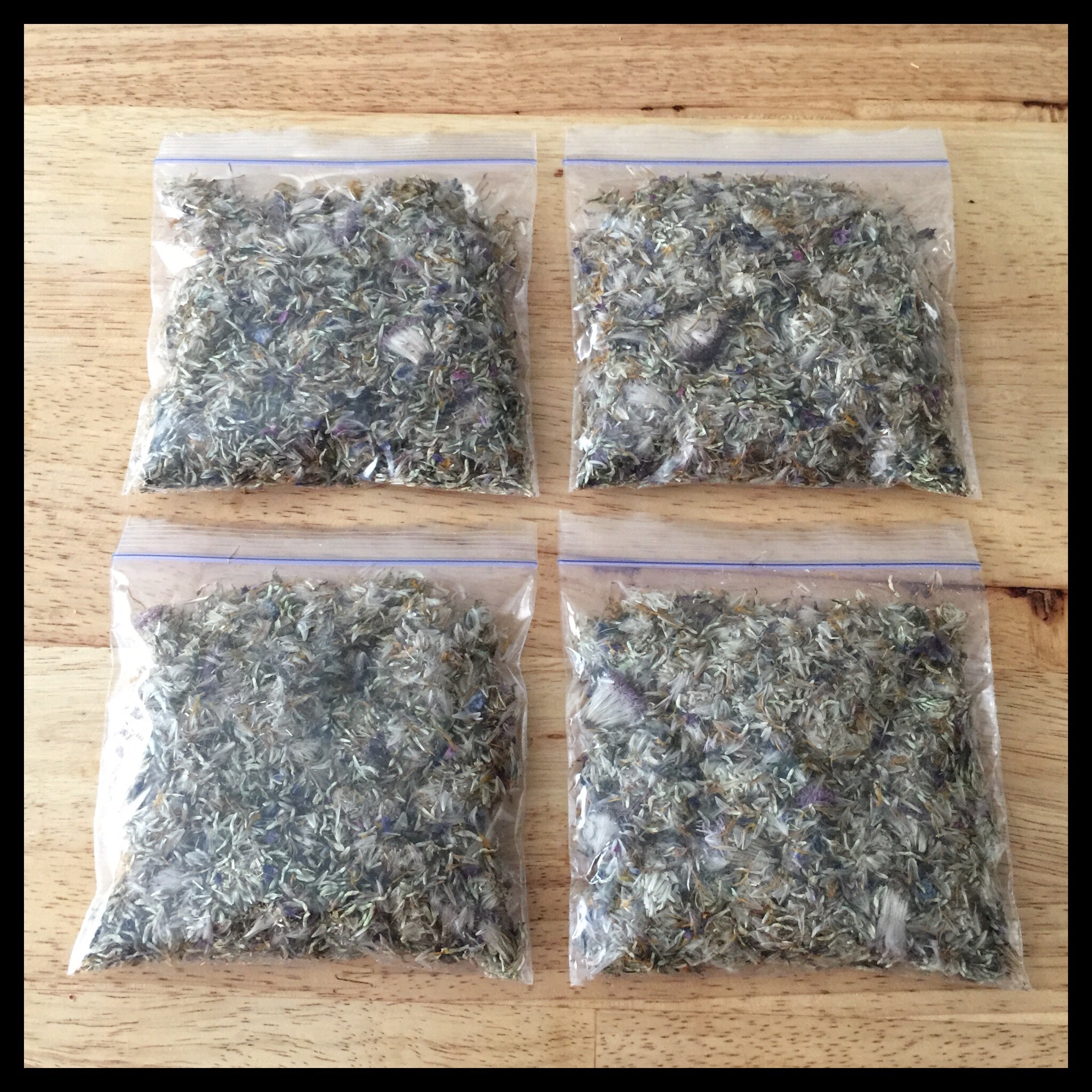
To make the wildflower honee, bring about three cups of the unsweetened apple juice that you will be using to make the honee to a boil. (Keep the pot covered while you do this.) Take the pot off the heat, add the mixed petals, stir, then cover the pot again. Allow to steep for two hours:
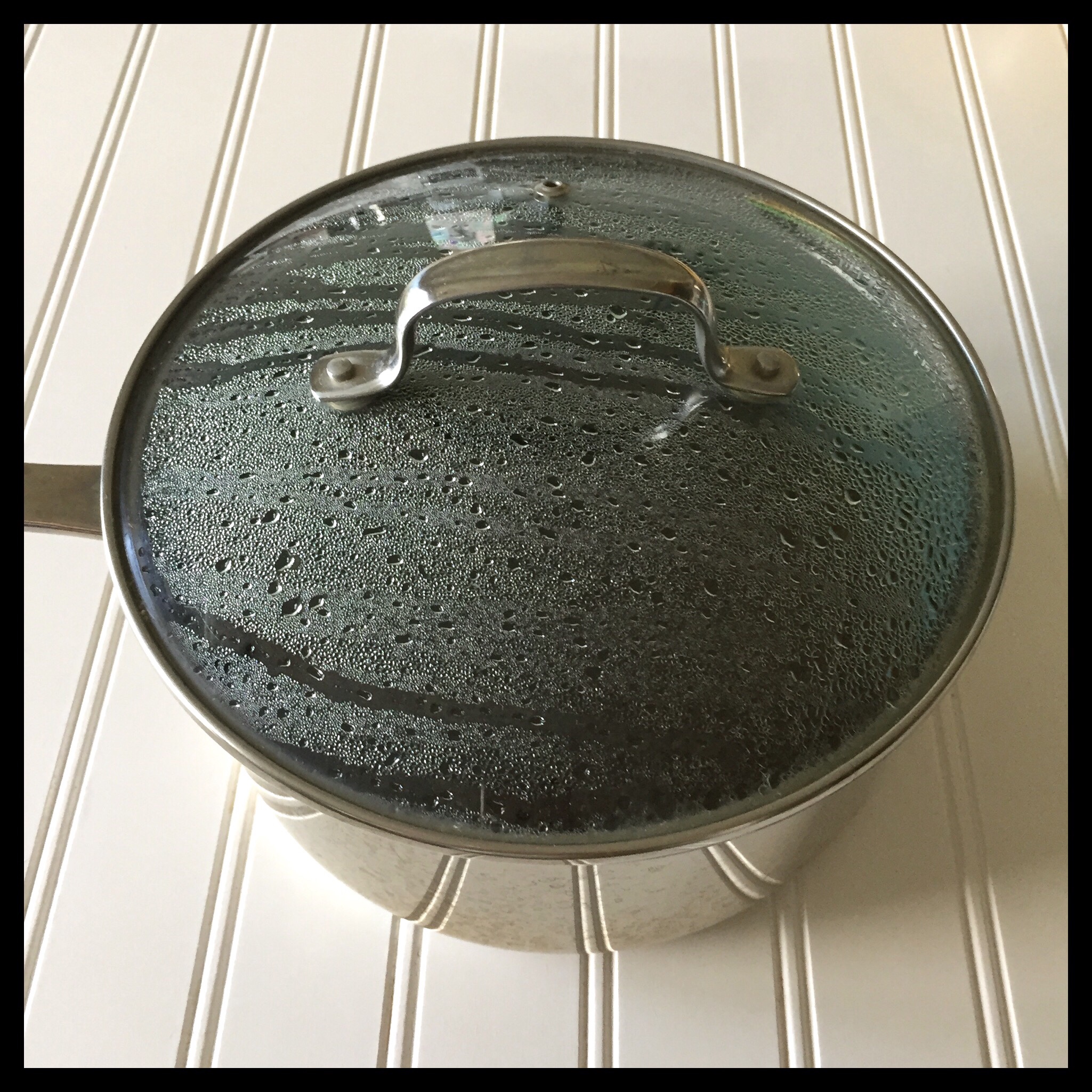
After the flowers have steeped in the juice, strain the juice through a sieve and press out as much juice as you can:
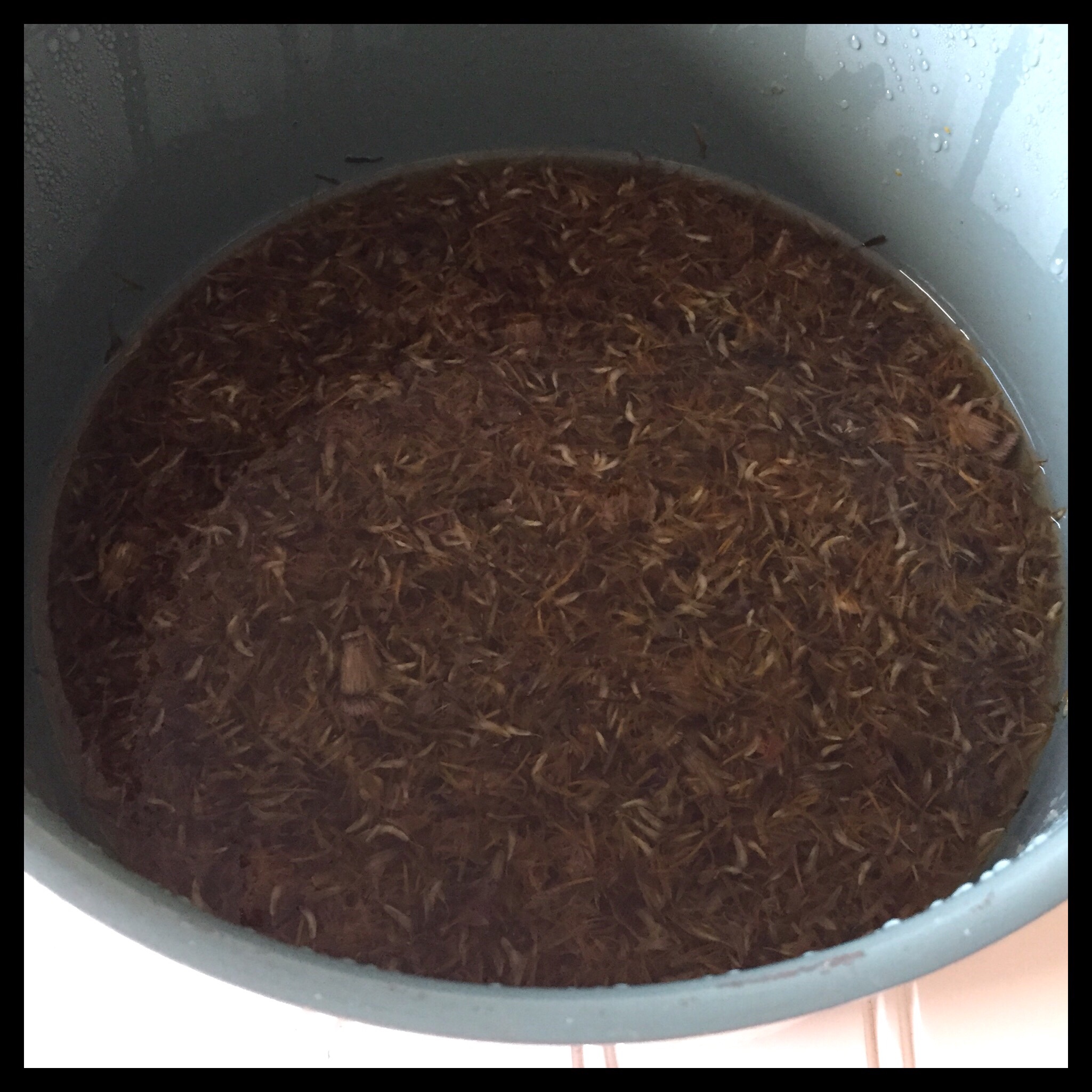
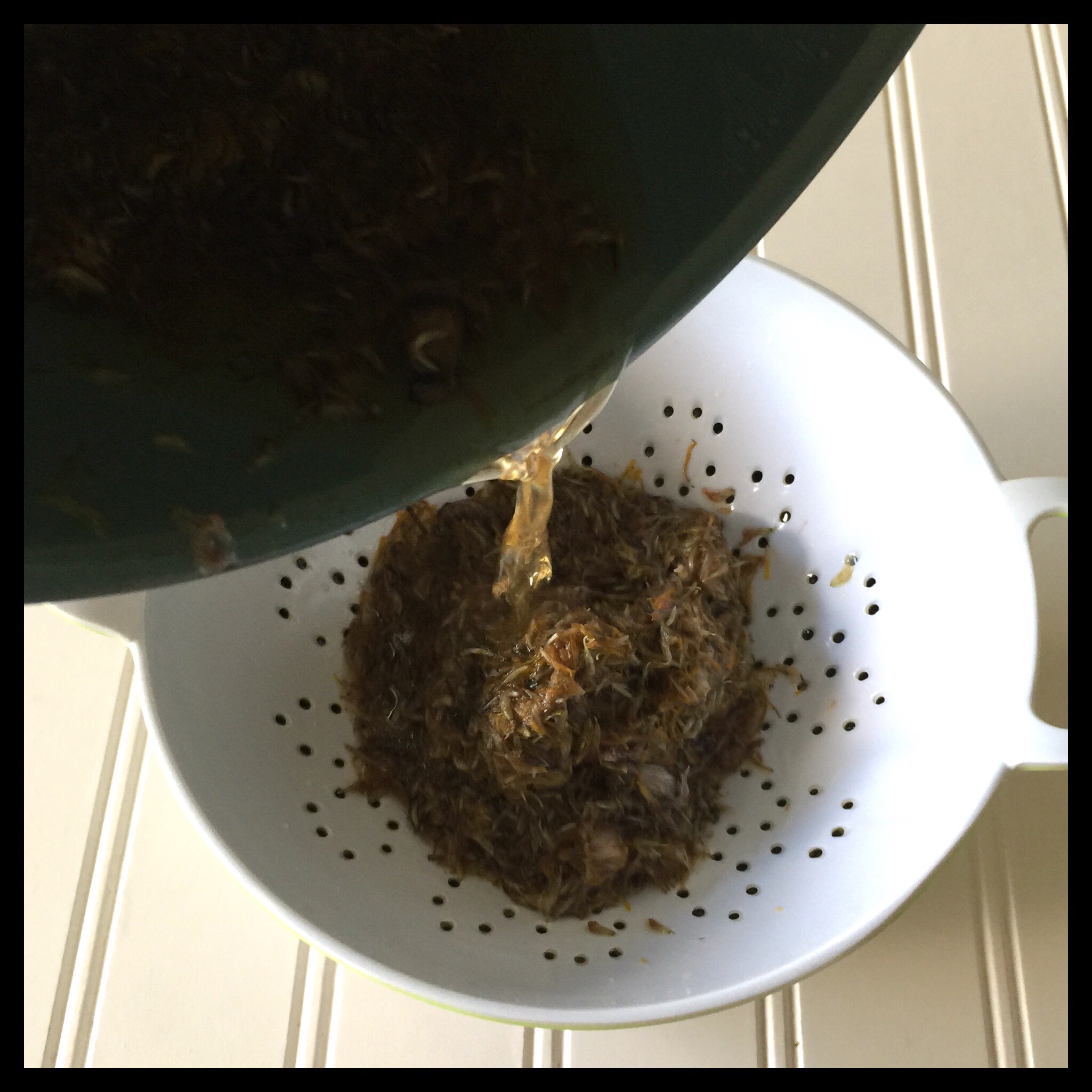
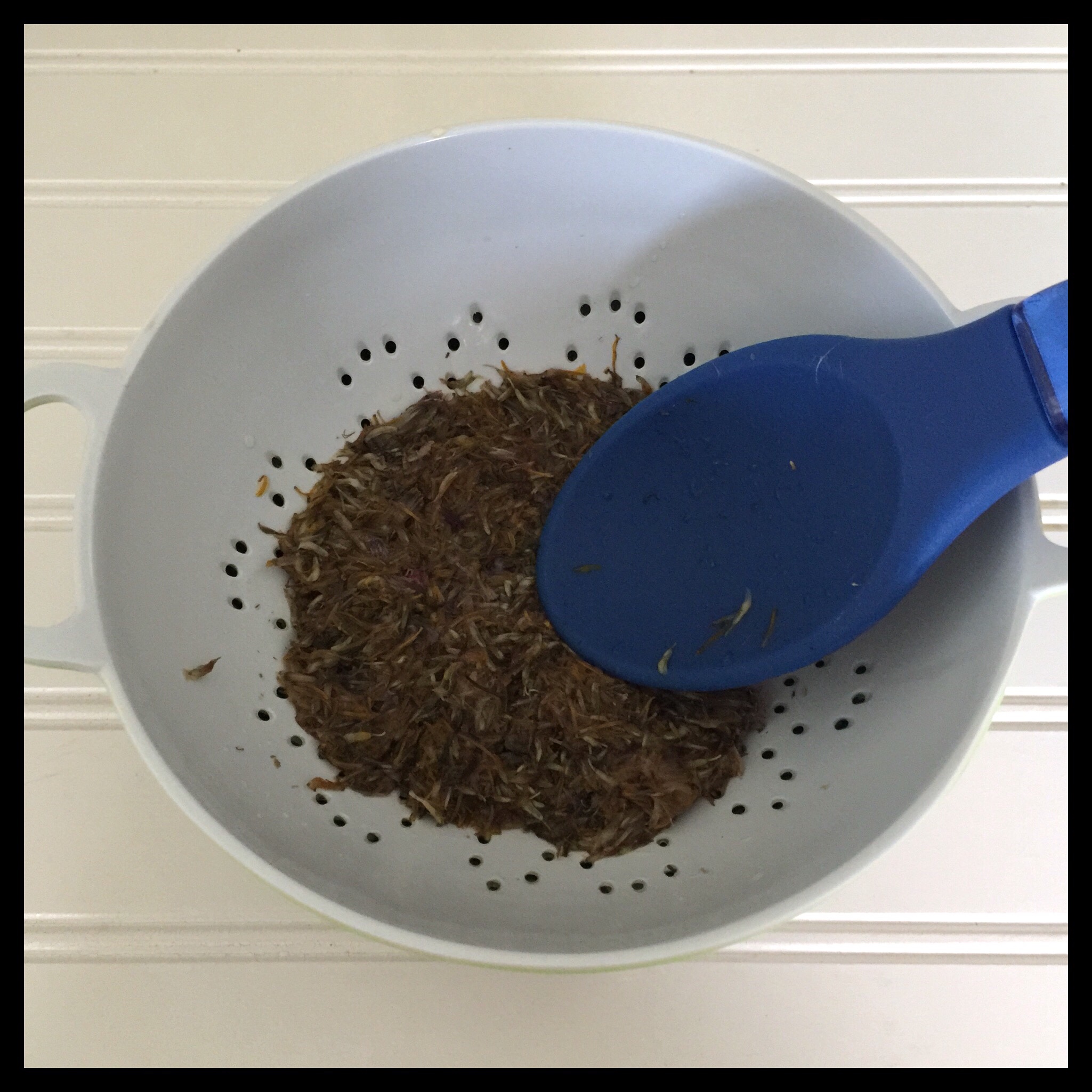
There will still be some bits left in the juice. Line a medium-sized sieve with a coffee filter, then carefully pour the already strained juice through the filter. This will remove the small bits that got through the first straining.
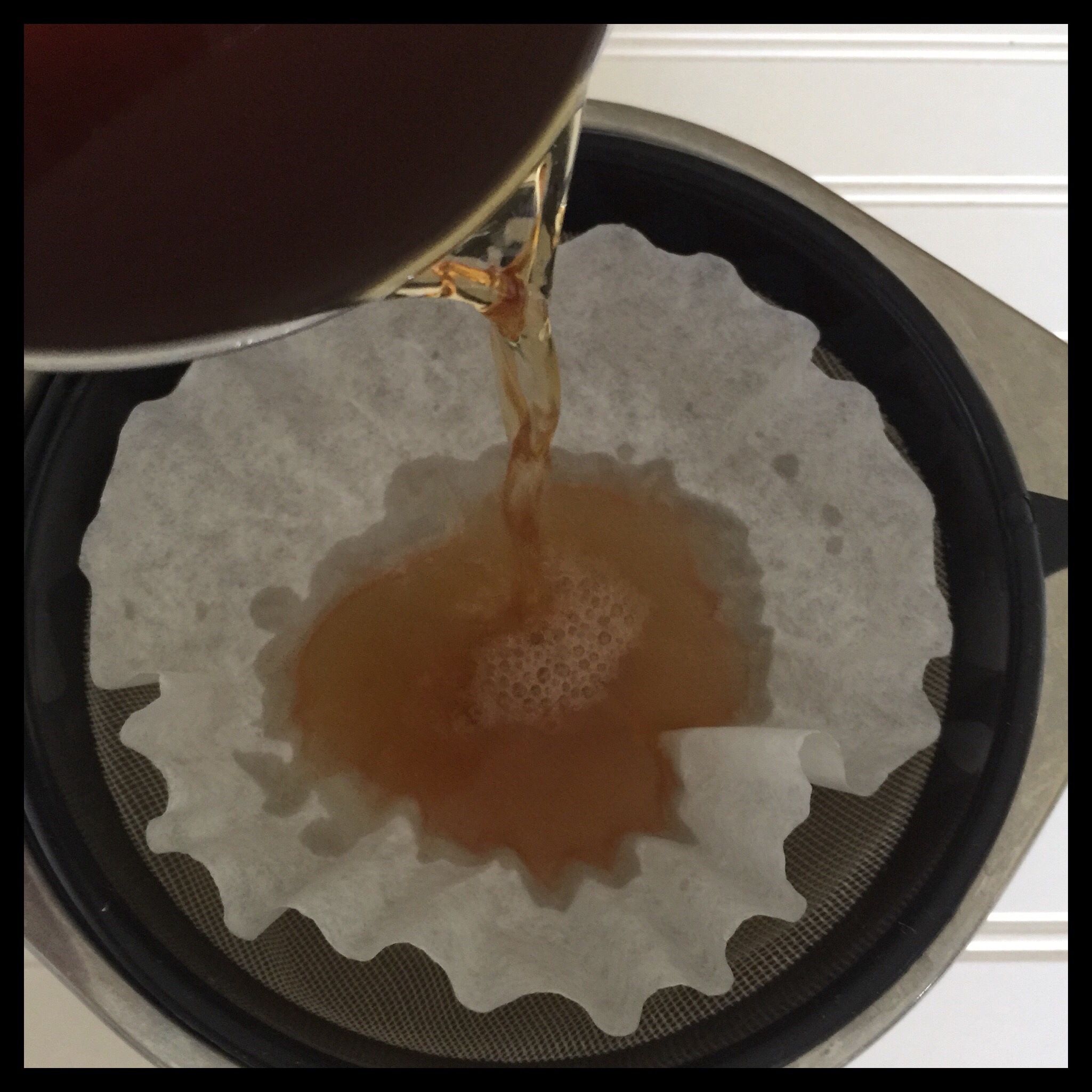
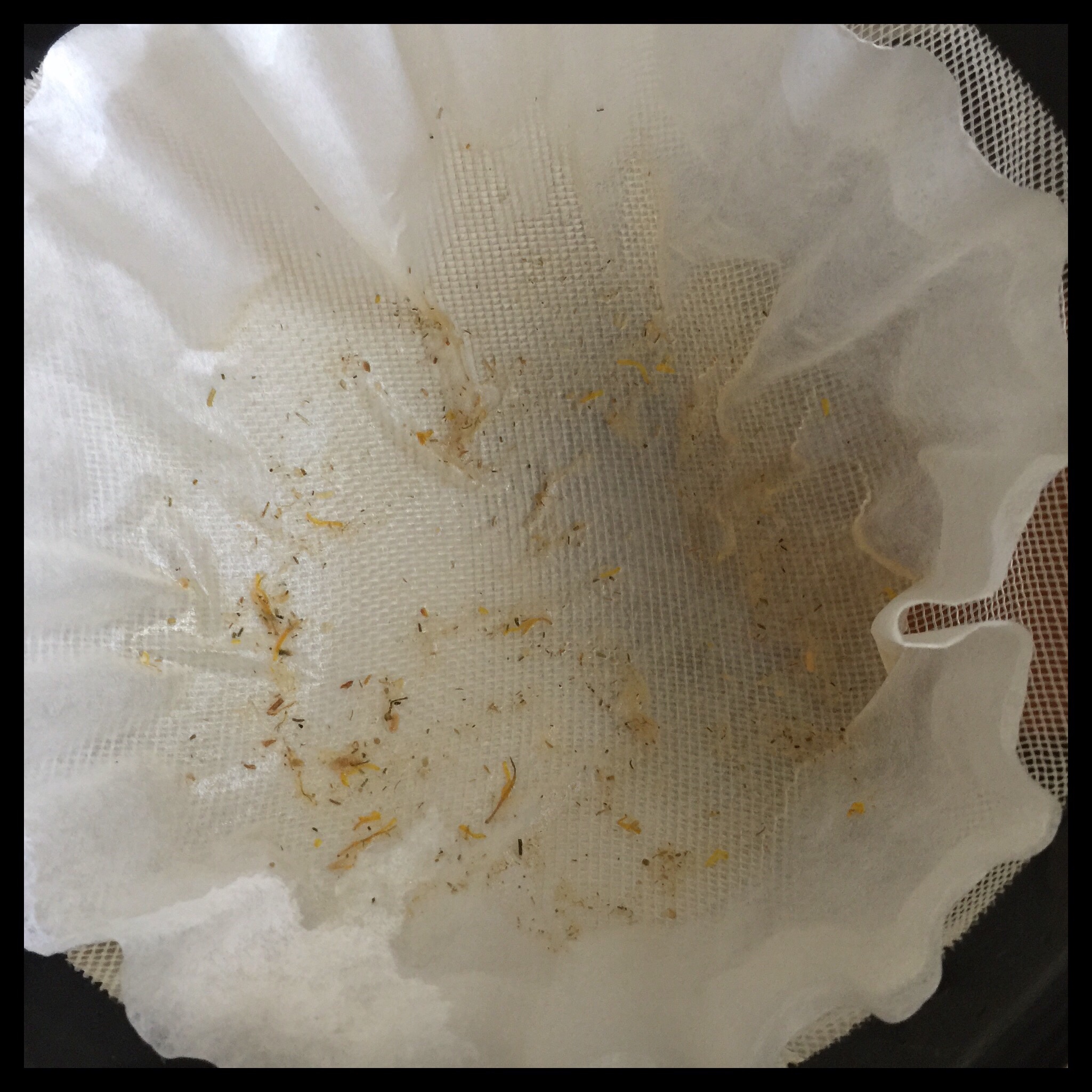
Use the flavored juice along with the rest of the apple juice as directed in my original vegan honee recipe. You will add the vegan sugar, but you will not use the chamomile tea bags as the honey is already flavored with the mixed wildflowers.
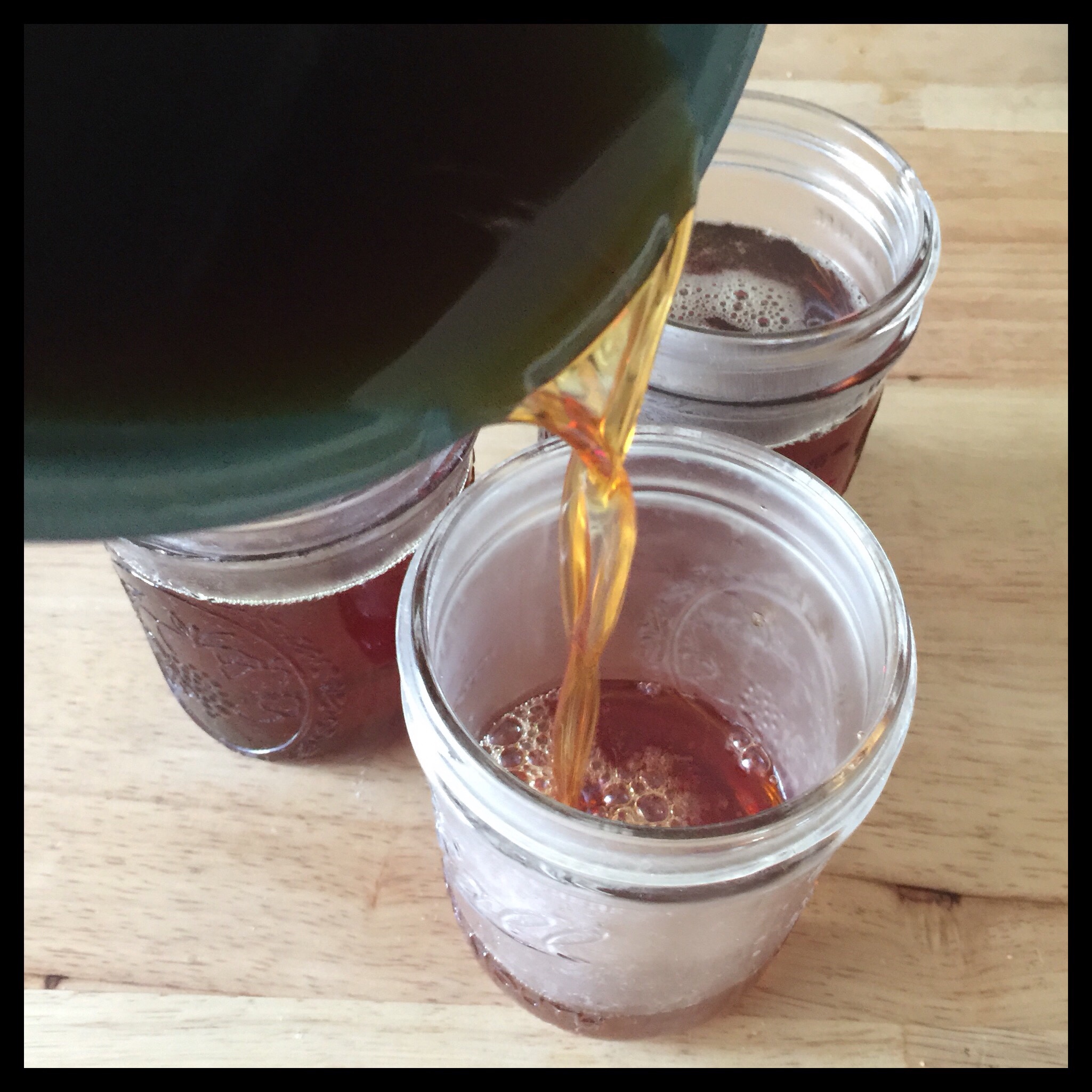
I really like the flavor of this wildflower honee! It has a more complex flavor than my single-flavor honees do. Each of my honee versions has a distinctly different floral flavor, just like honey from bees has different flavors, depending on which flowers the bees were visiting. They are all fabulous, and I love having a choice!
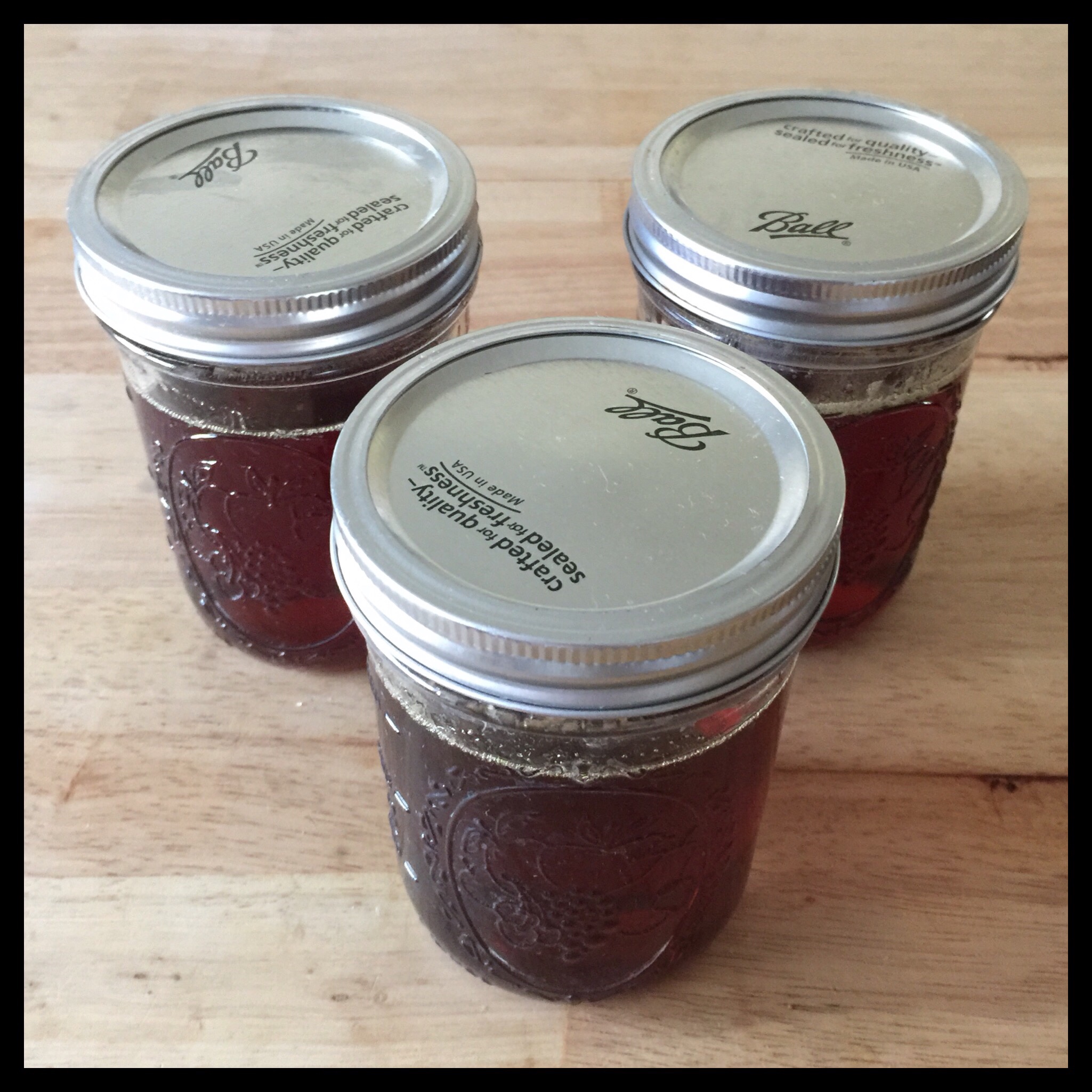
Enjoy!
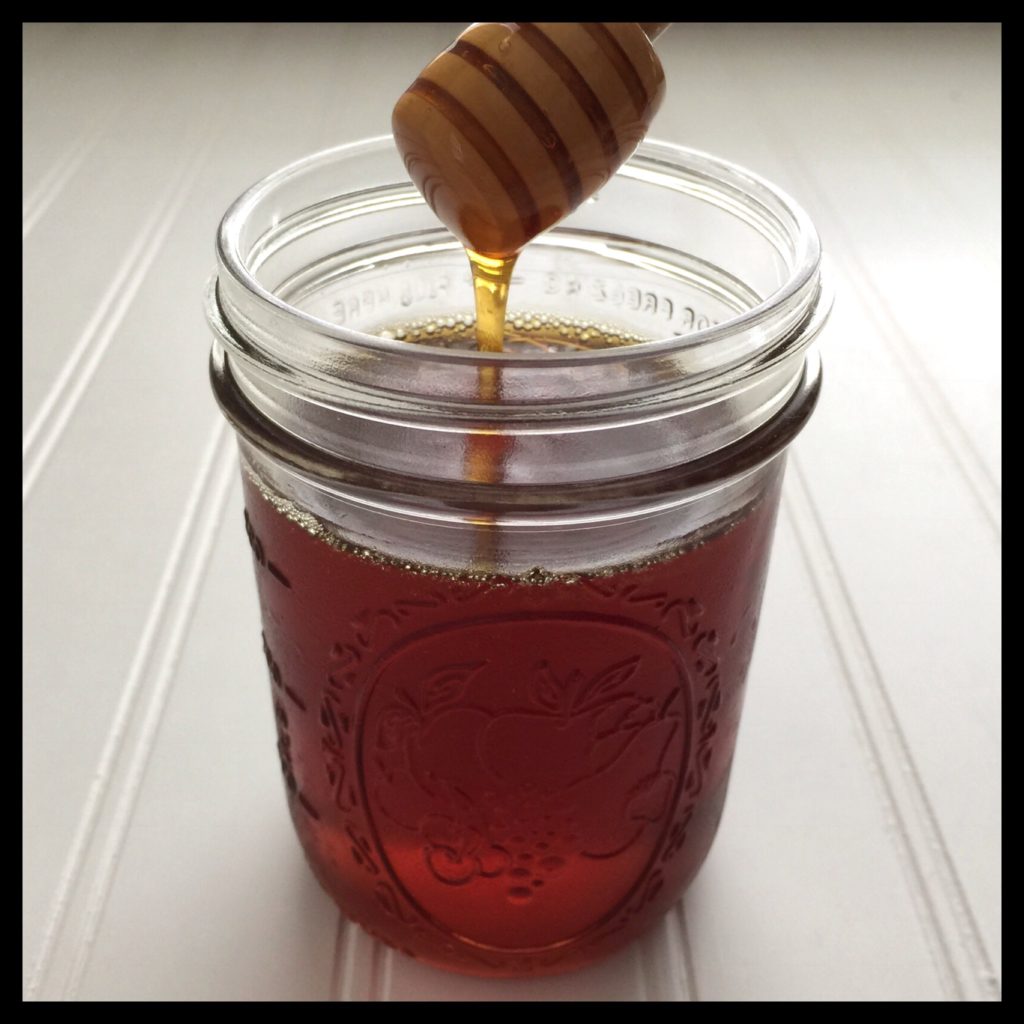
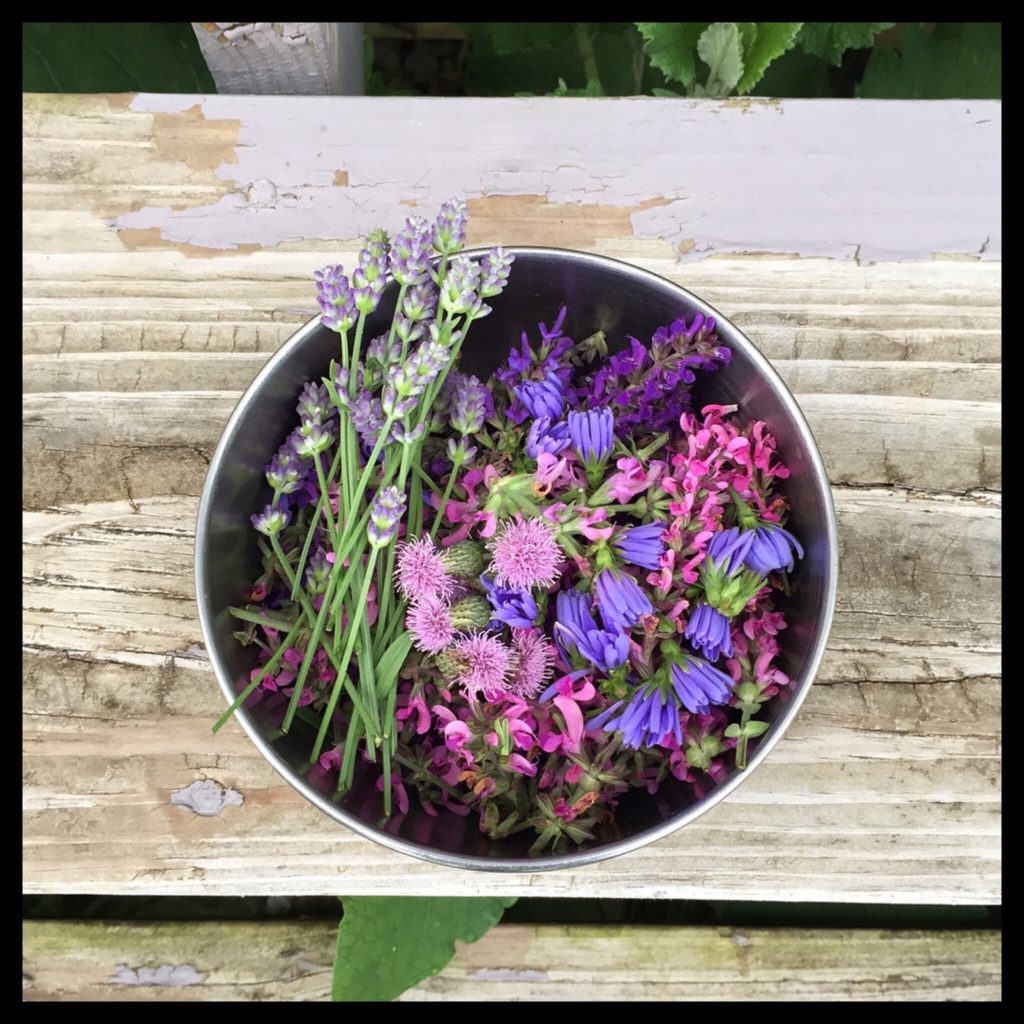
wow, this is so wonderful and magical and useful, especially for those who use these herbs for spells. Never occurred to me to us flowers and herbs to infuse honey and I had just read your original honee recipe and got so excited! haven’t had any form of honey since going vegan 6 years ago so this would be a nice addition to baked goods to celebrate today. (lughnasadh 2019)
But since I live in the desert and whatever flowers we do have growing around must be toxic anyway (plus I’d better leave what little plant life we have intact for the creatures who really need it!) I’ll be using store-bought floral teas just like you did with the chamomile. rose buds, chamomile and hibiscus is my go-to floral tea mix anyway so it should be interesting to make it into honee. Maybe i’ll soak the flower mix in some milk as well and use that for muffins or a bread loaf. Your process was so much more fun though, and as painstaking as it must have been to gather, soak, dry, separate and store those flowers, I feel like it adds that much more energy and intention into the final product that is just priceless. not to mention the memories! Cheers for this brilliant recipe and the gorgeous photos <3
Thank you for the lovely comment, Yasumi!